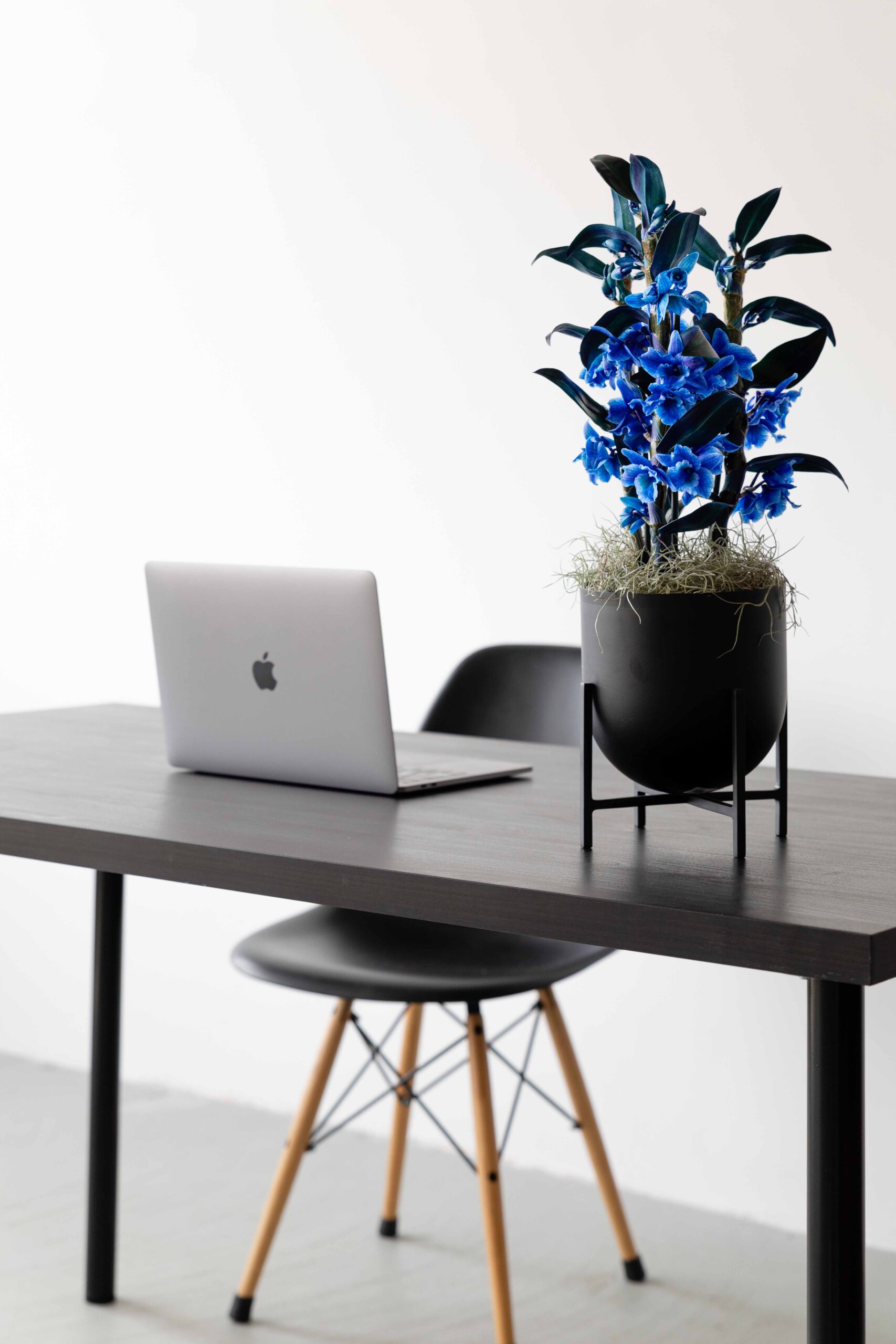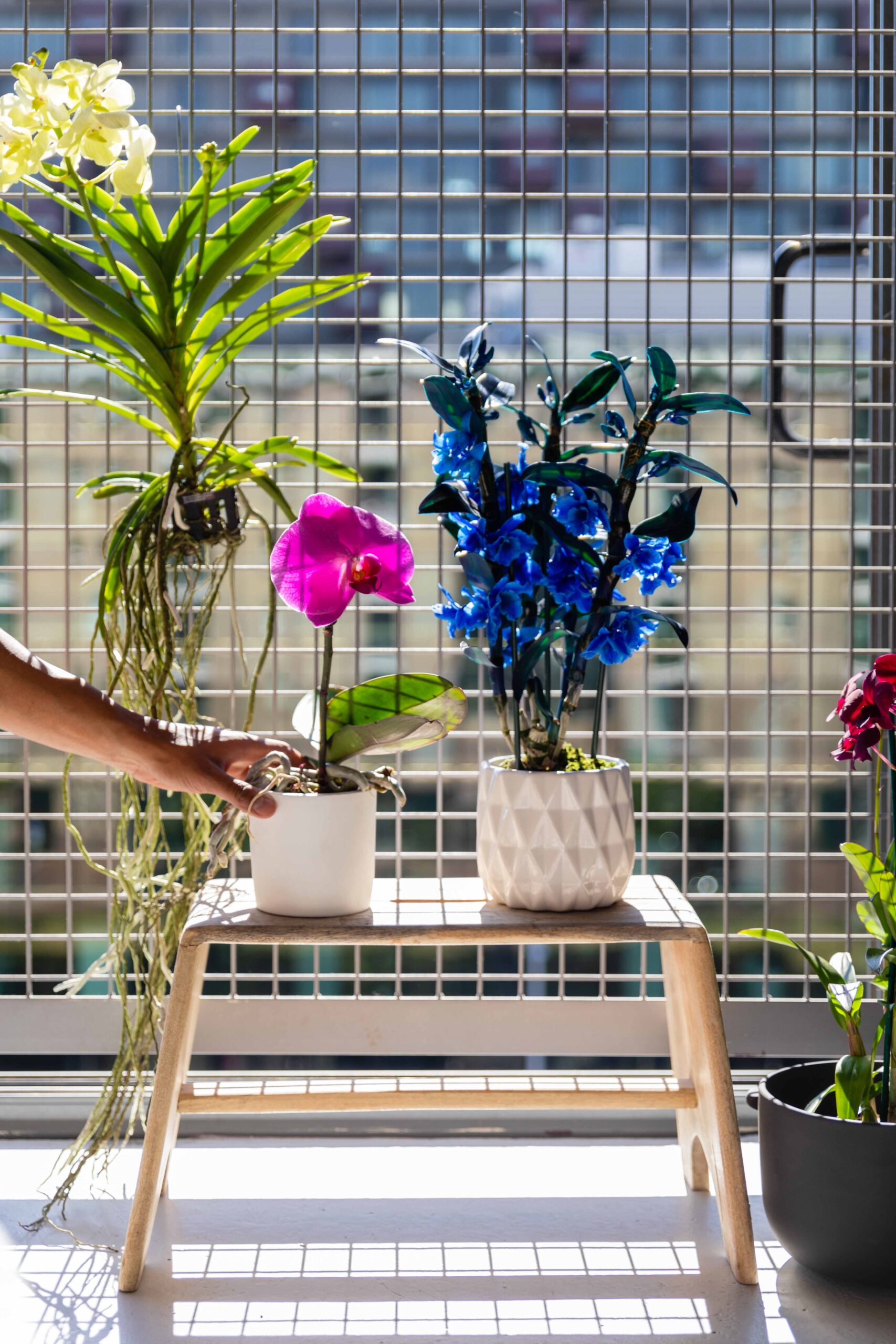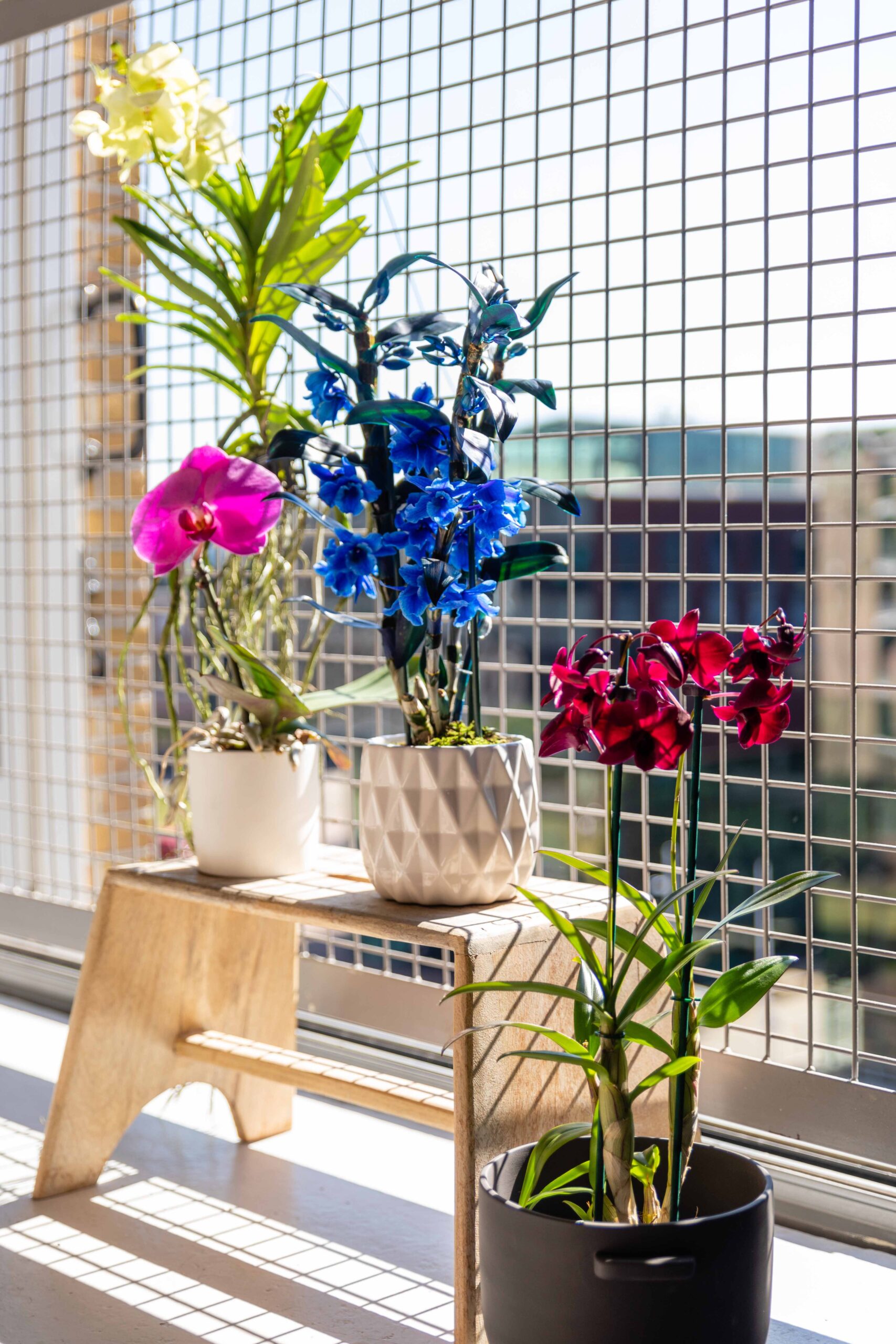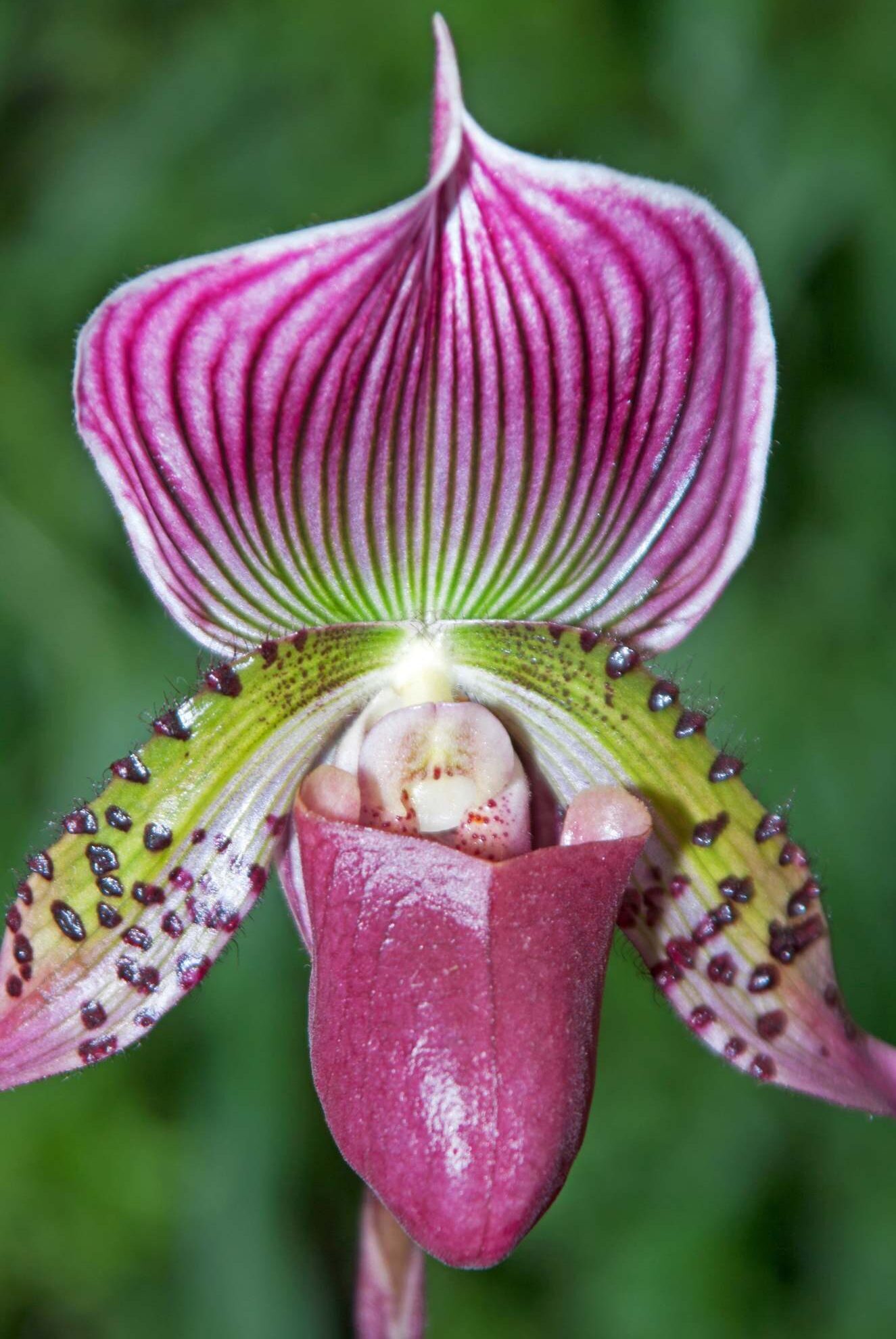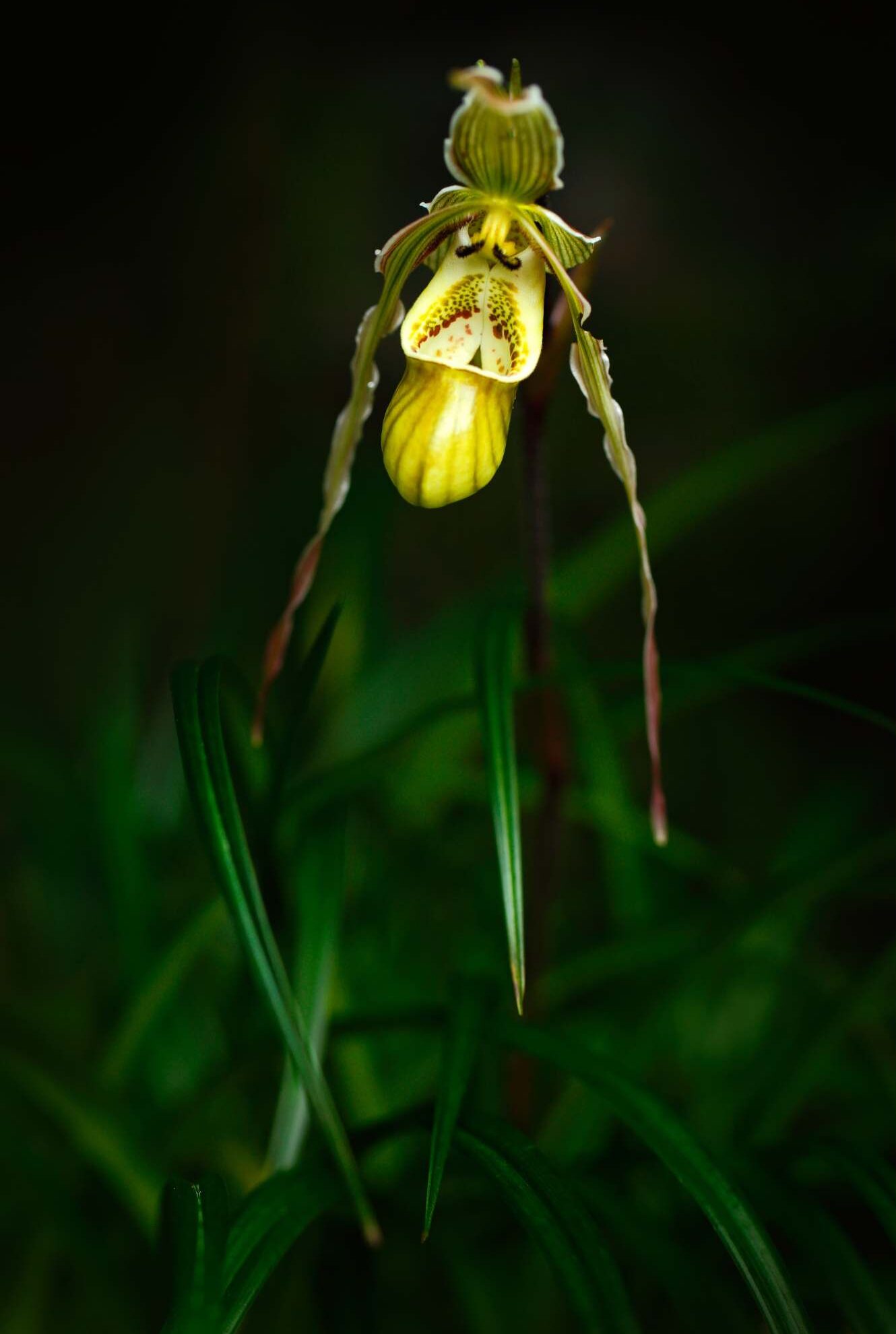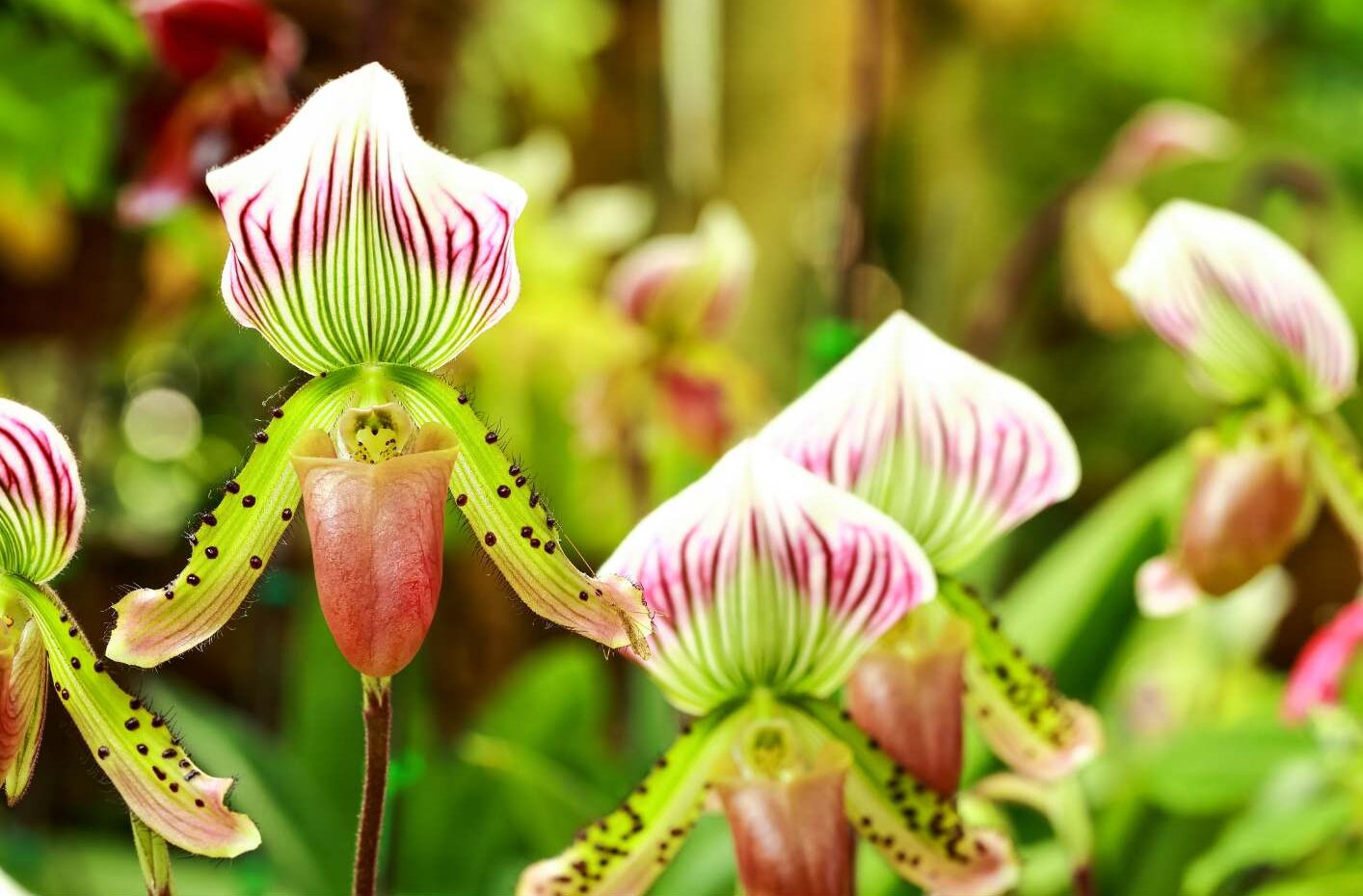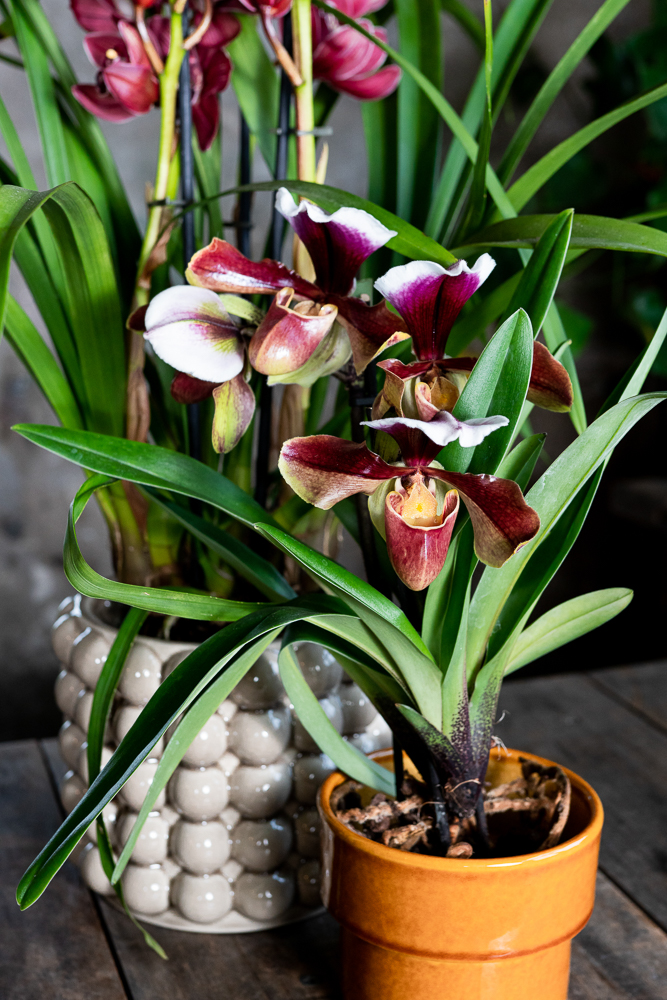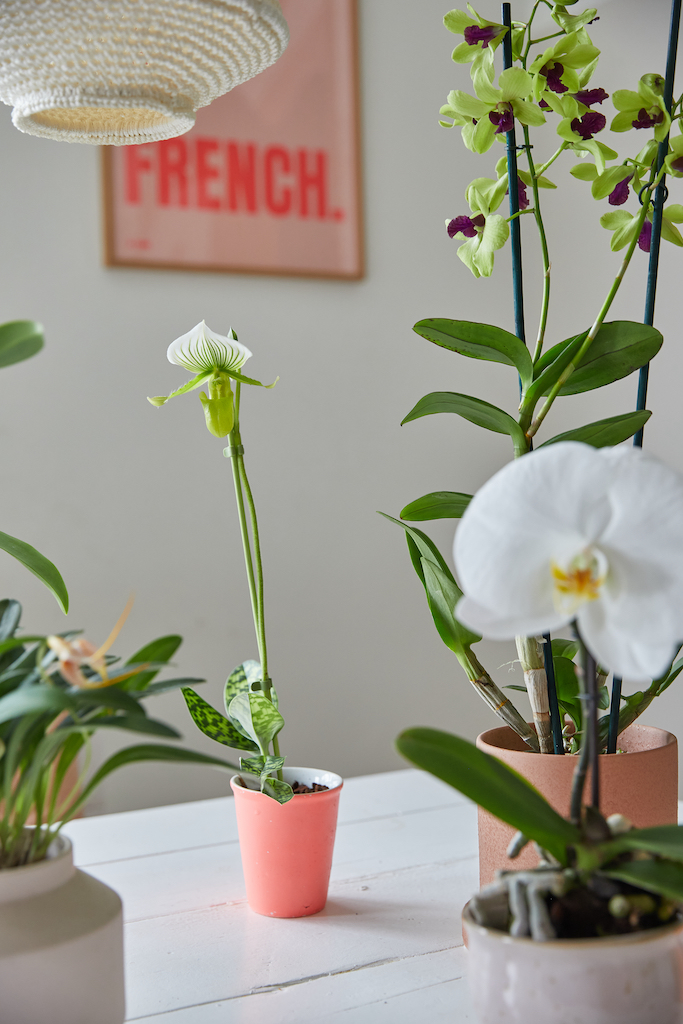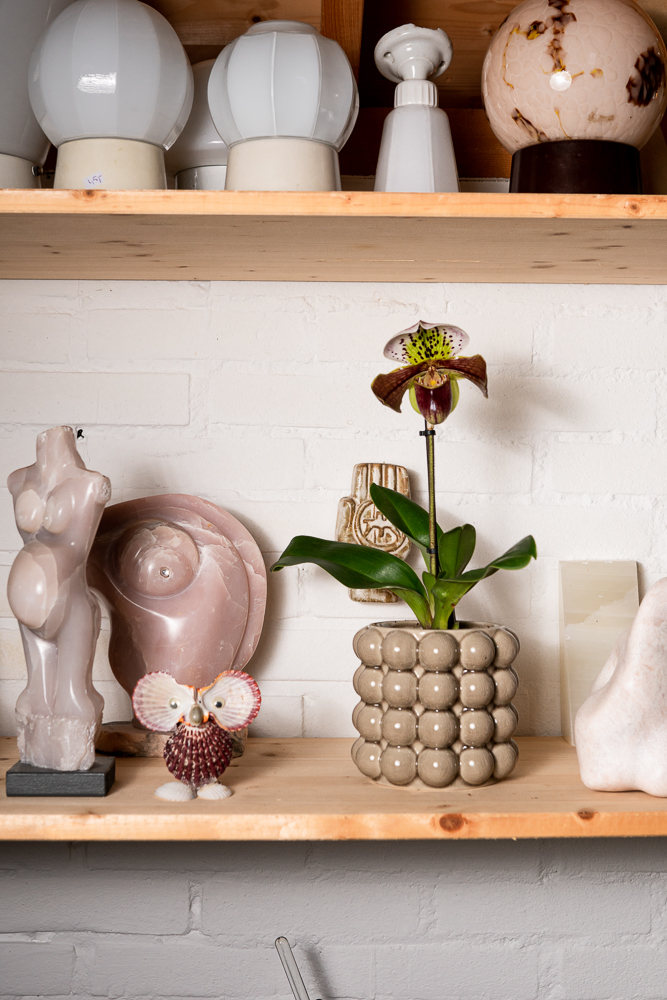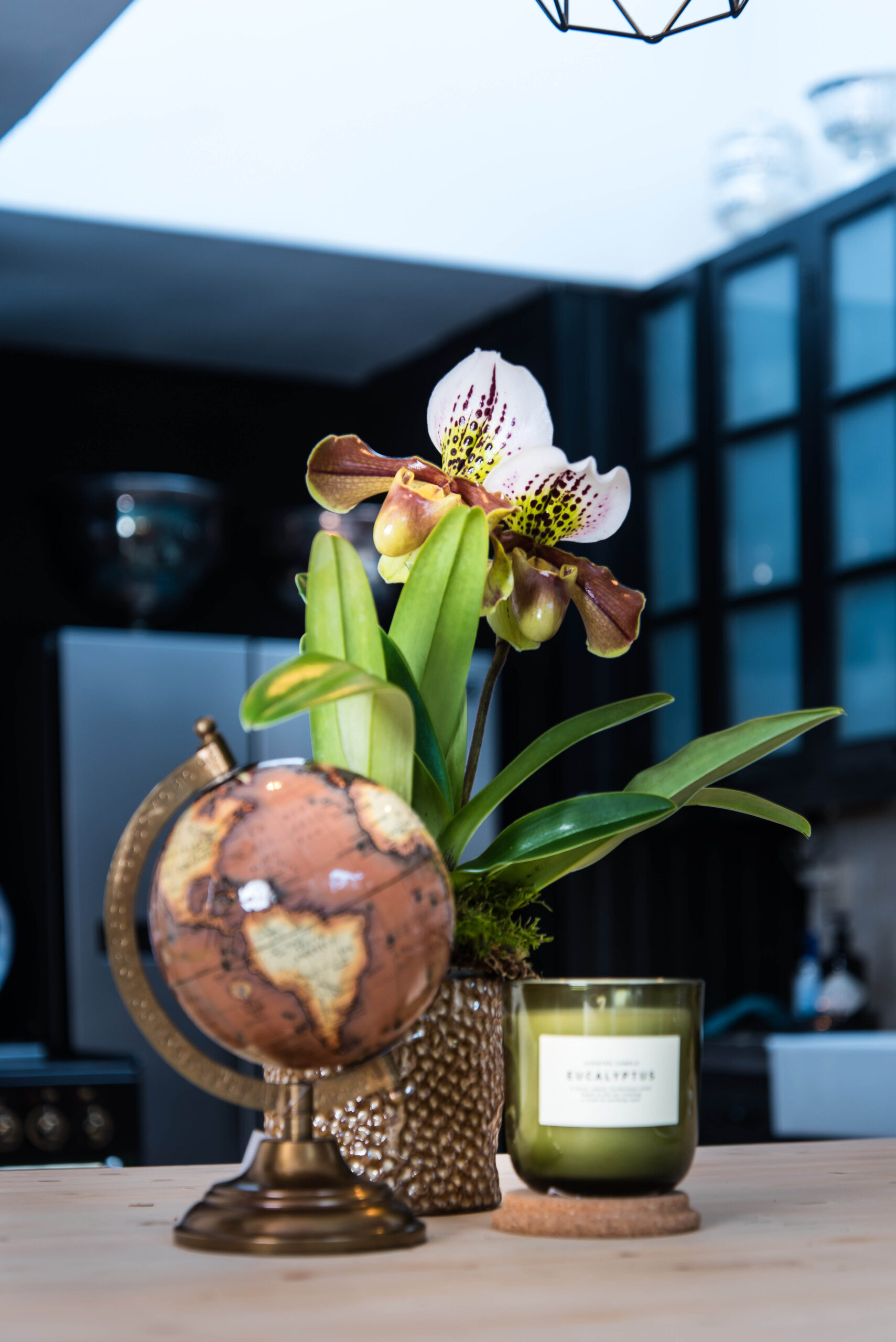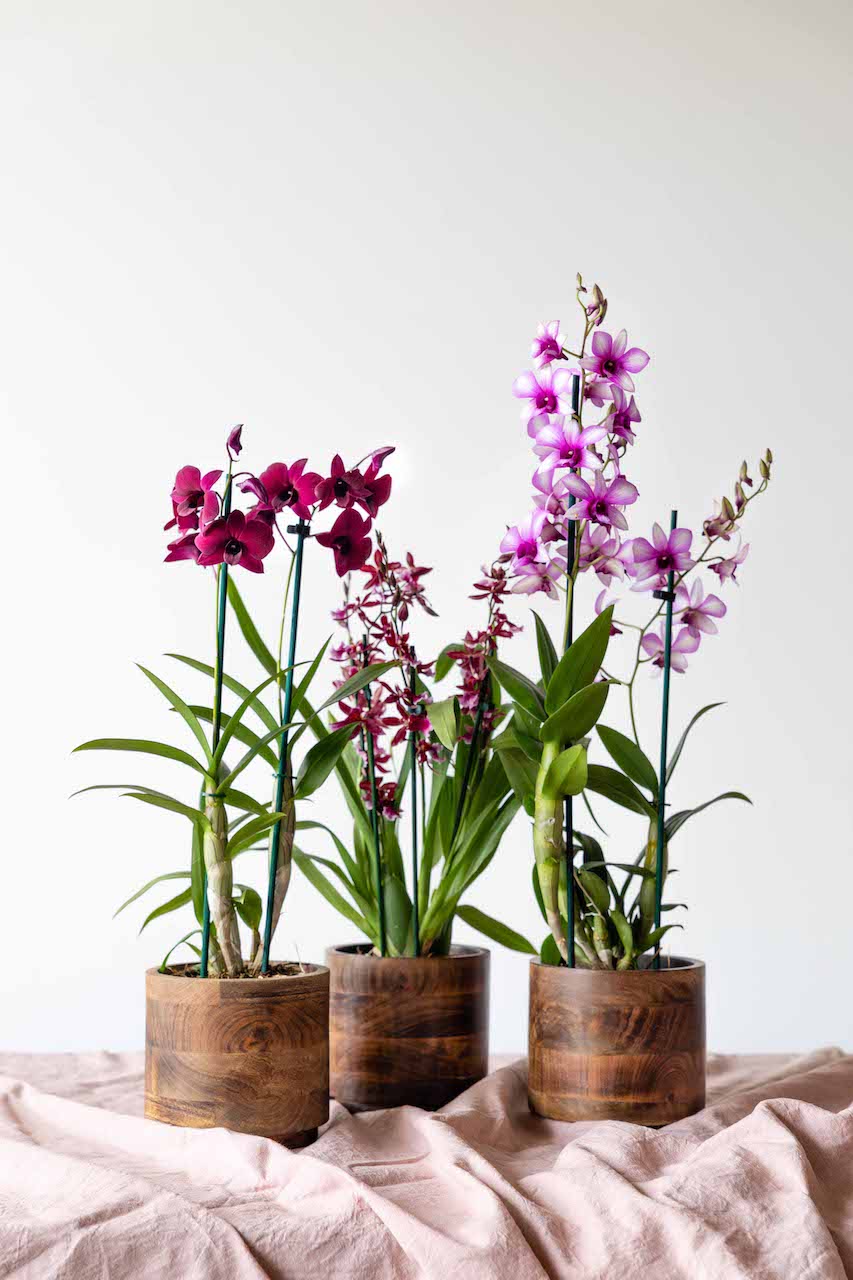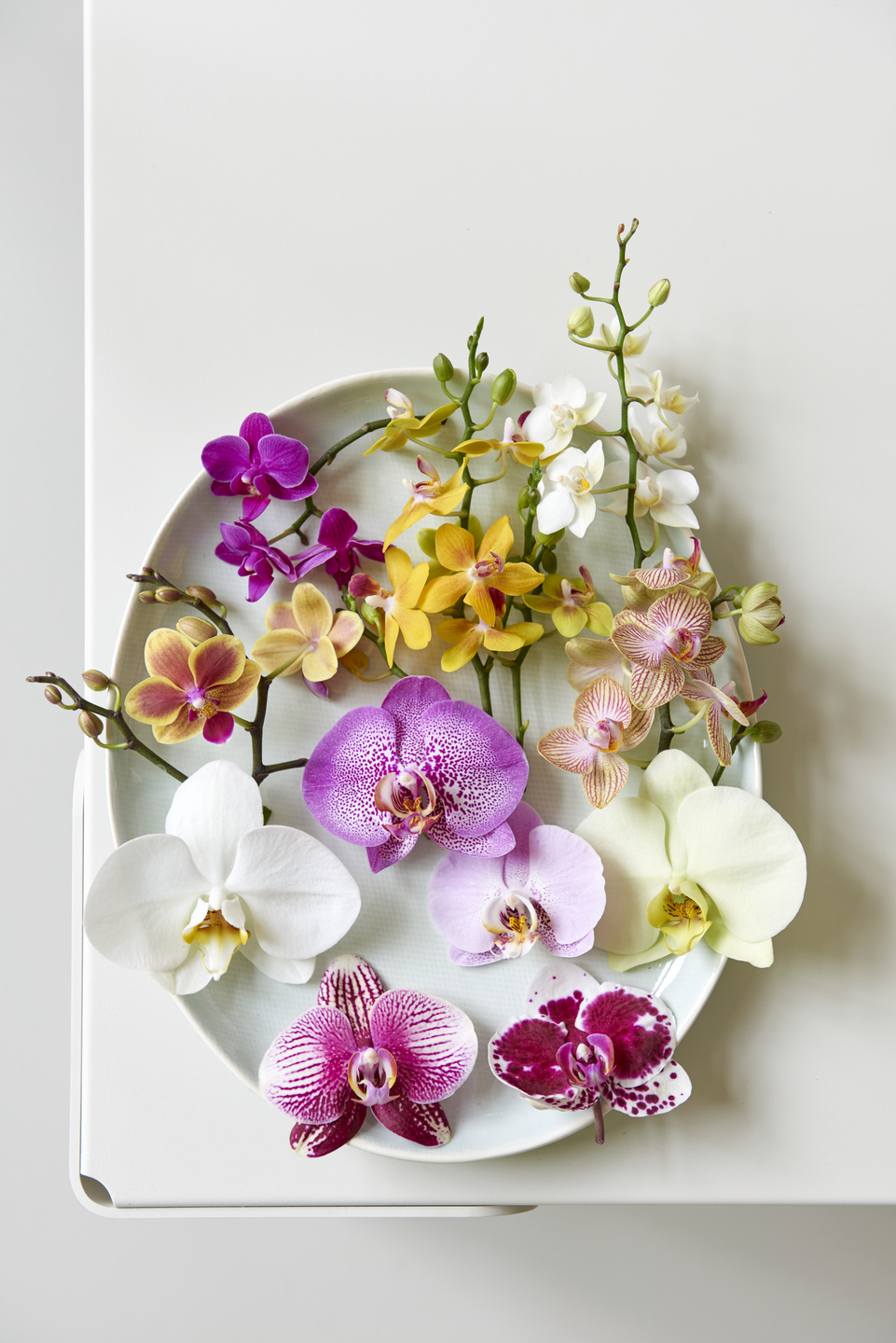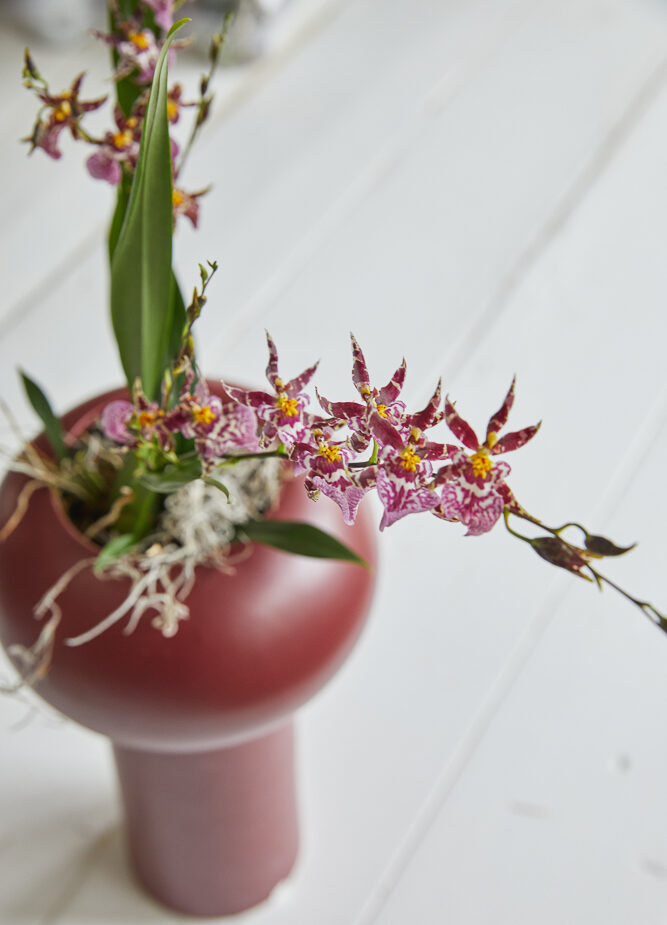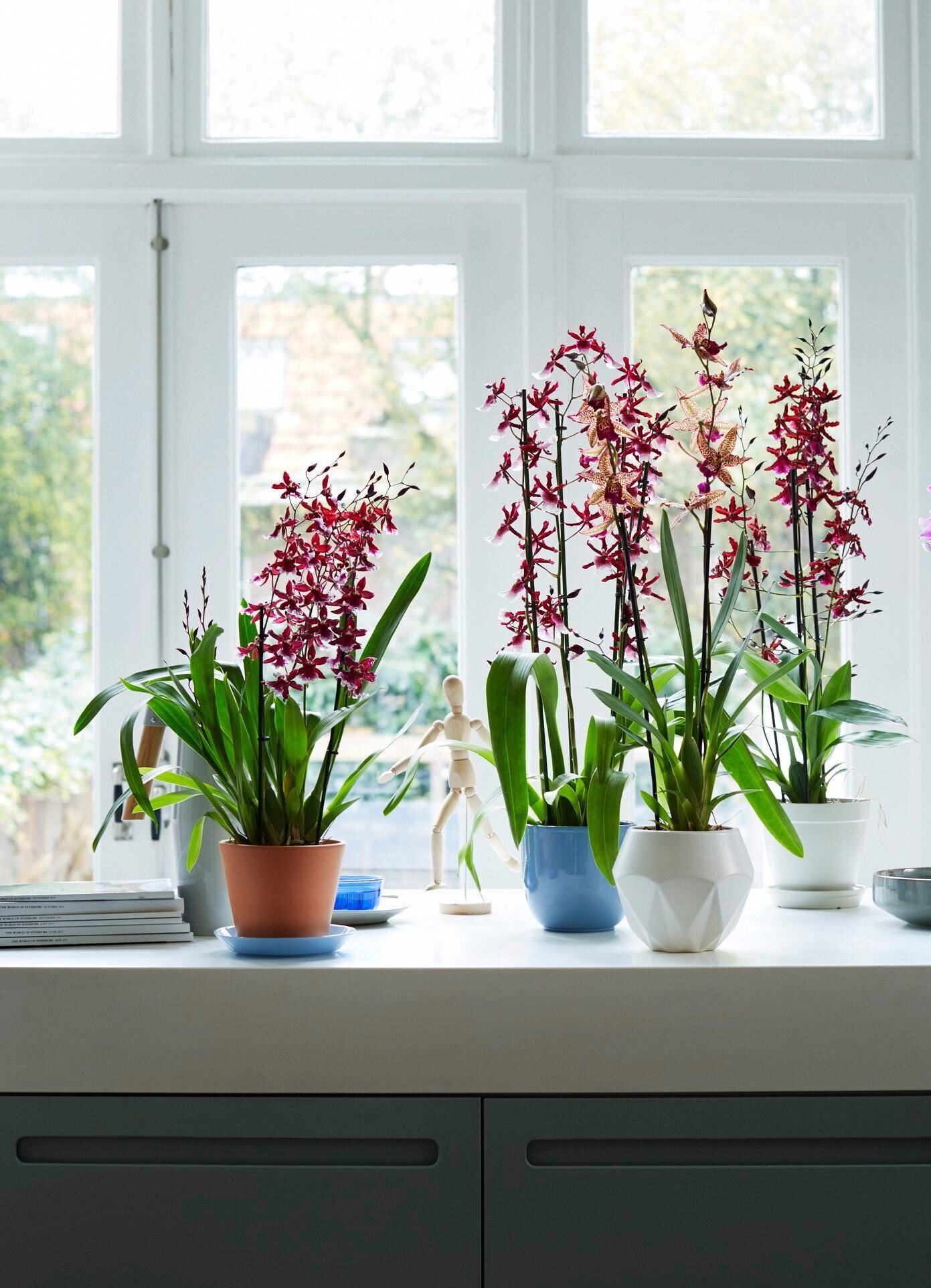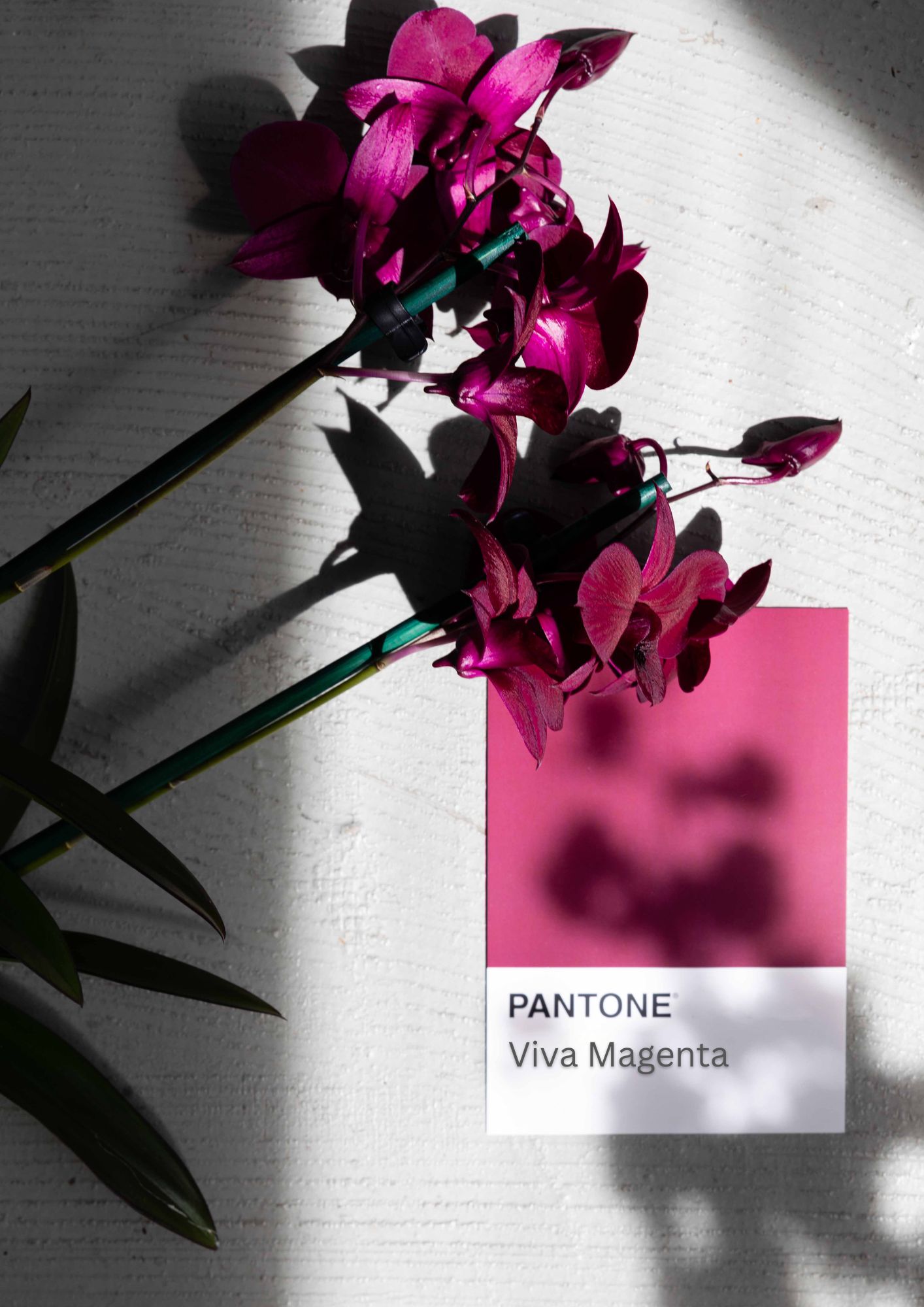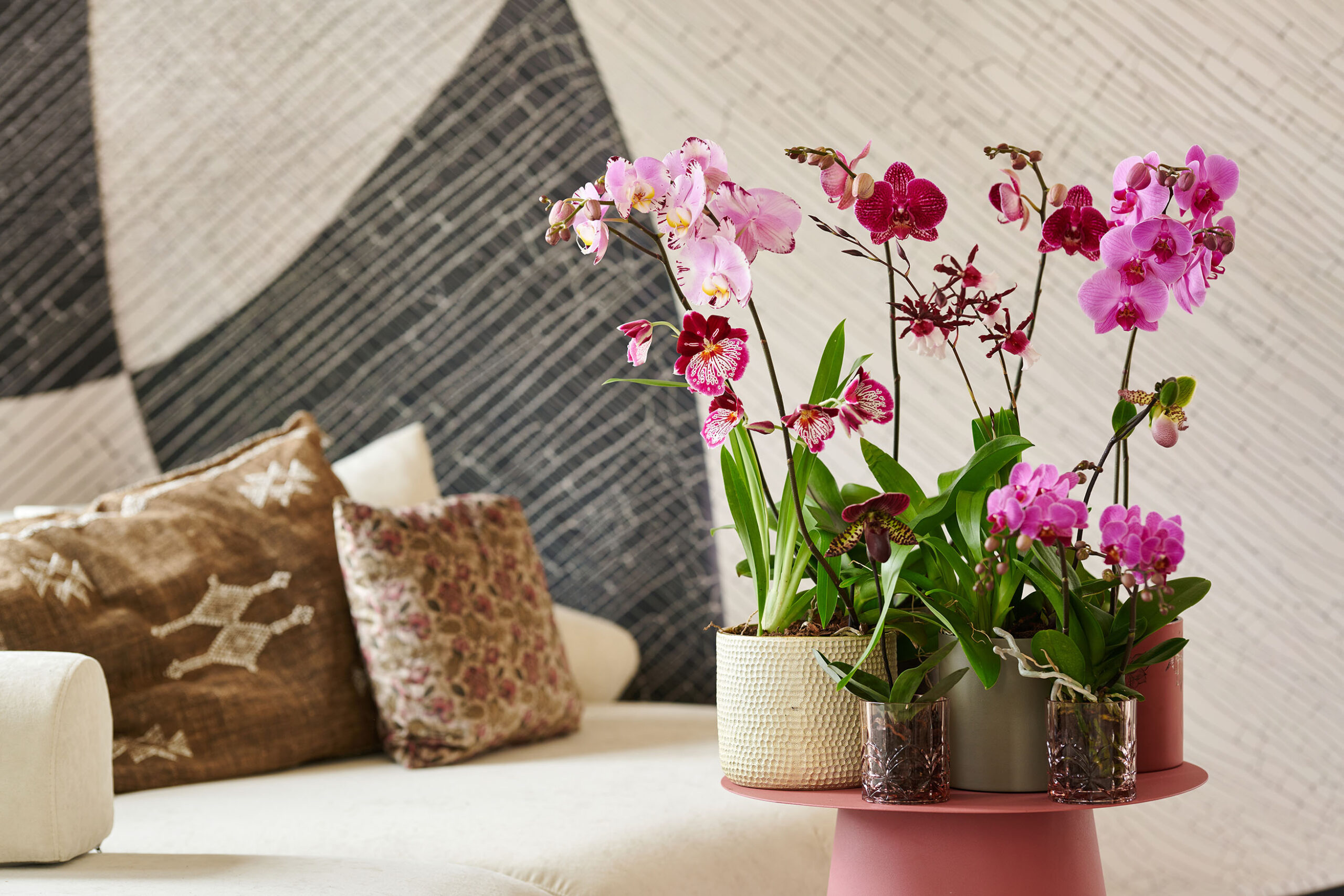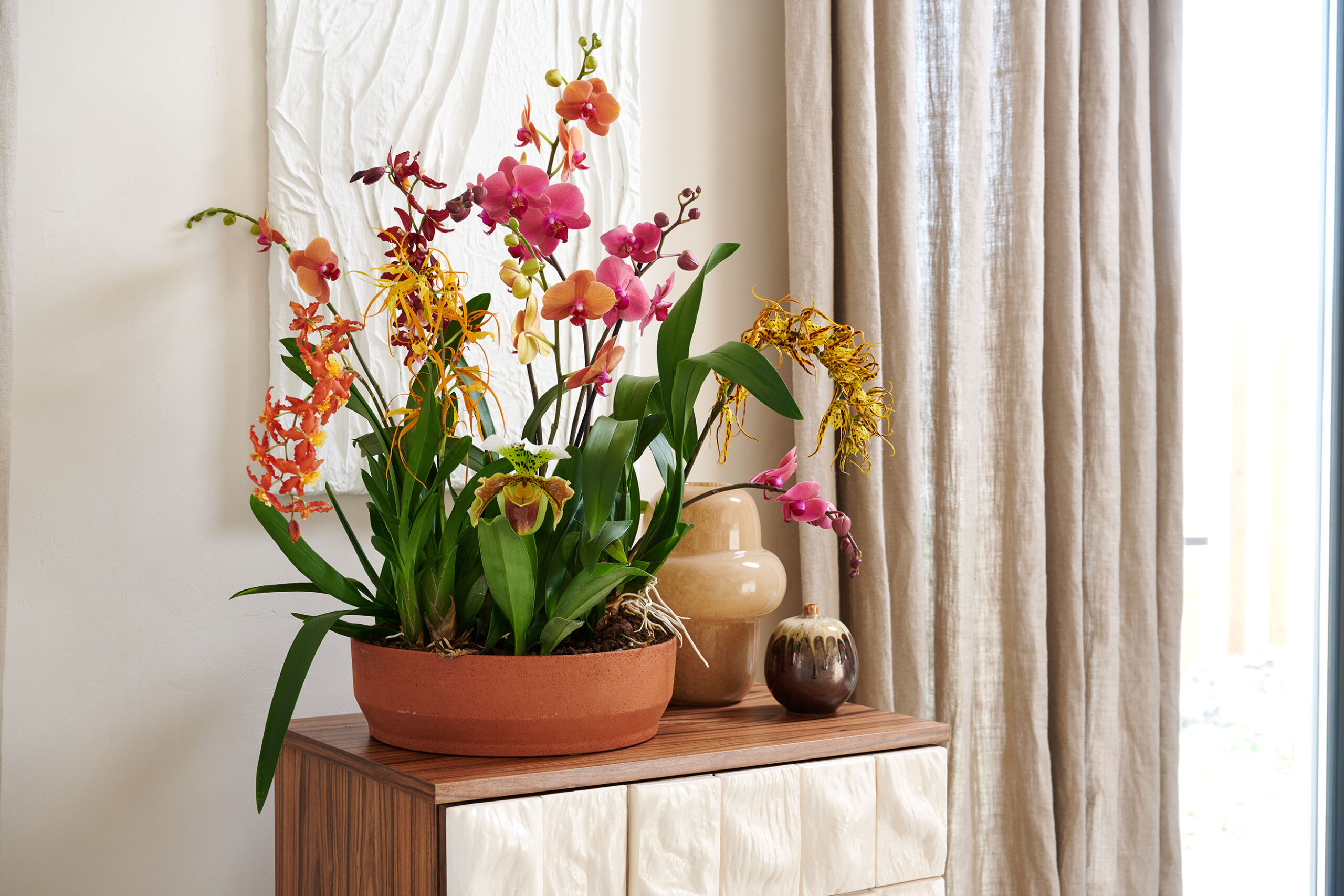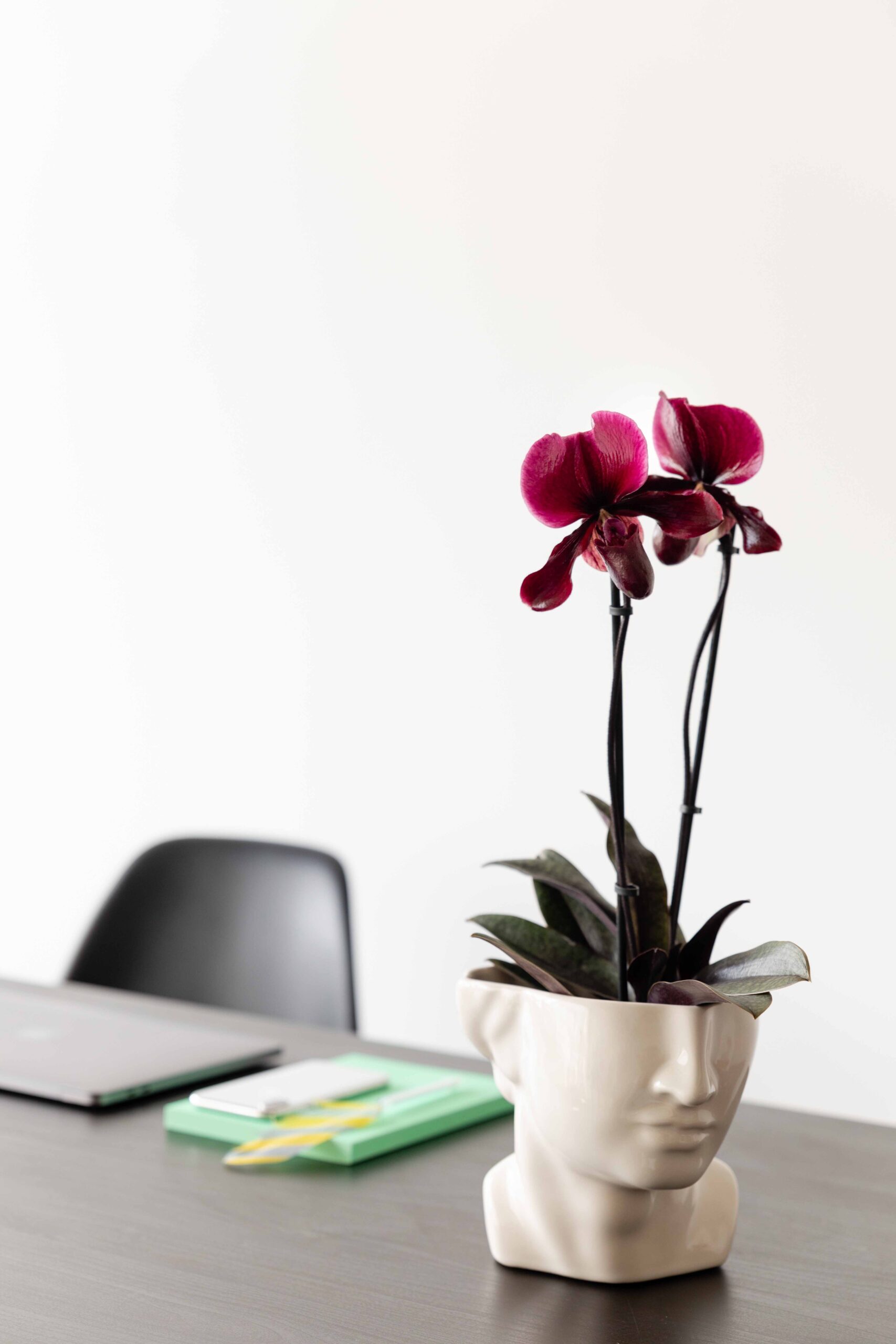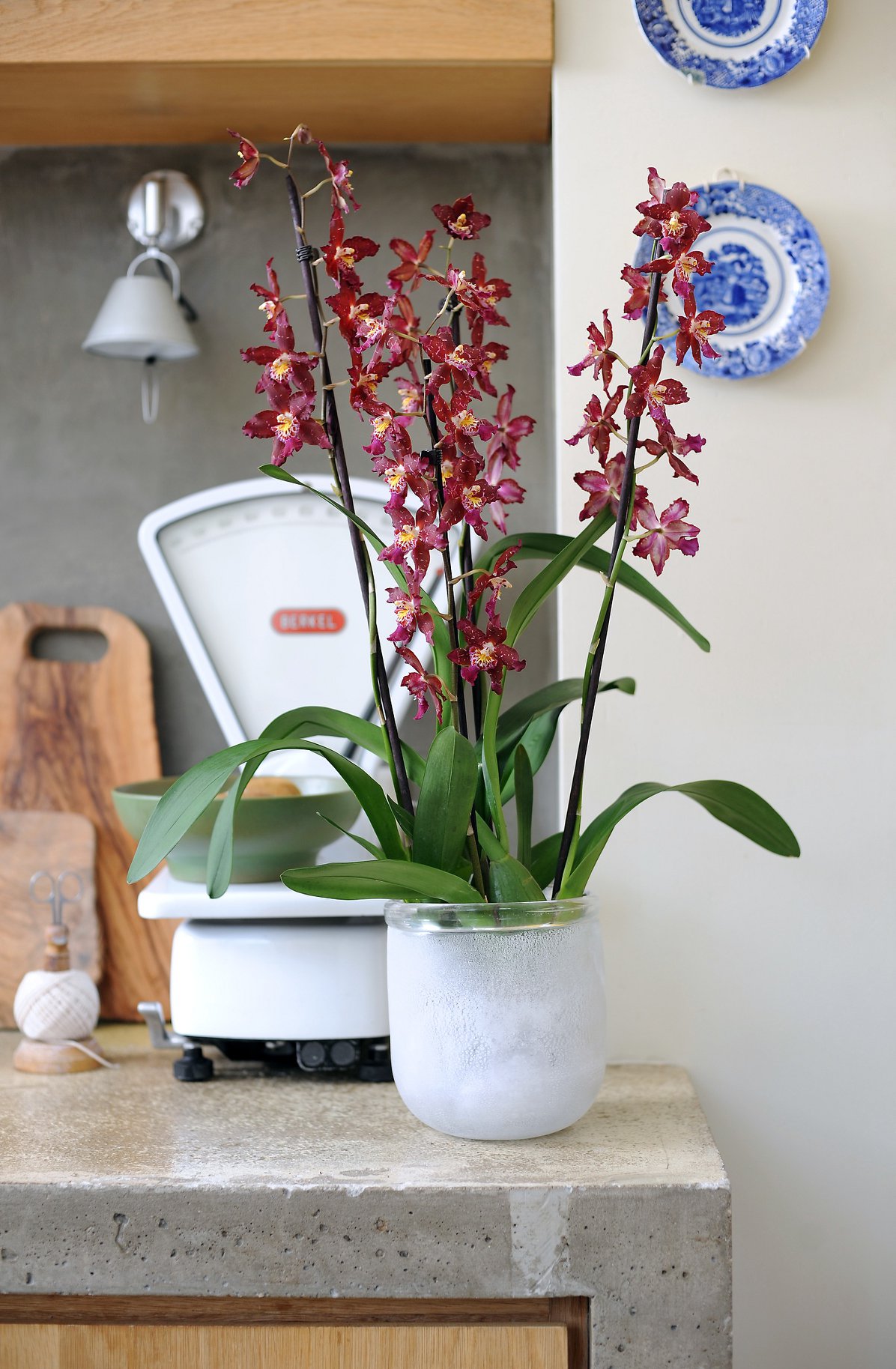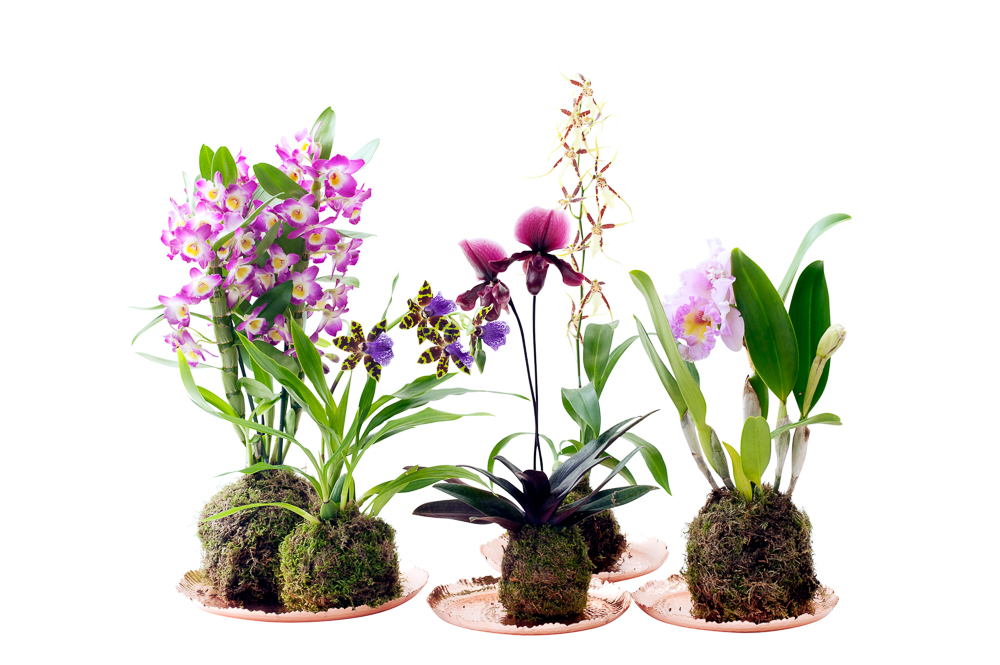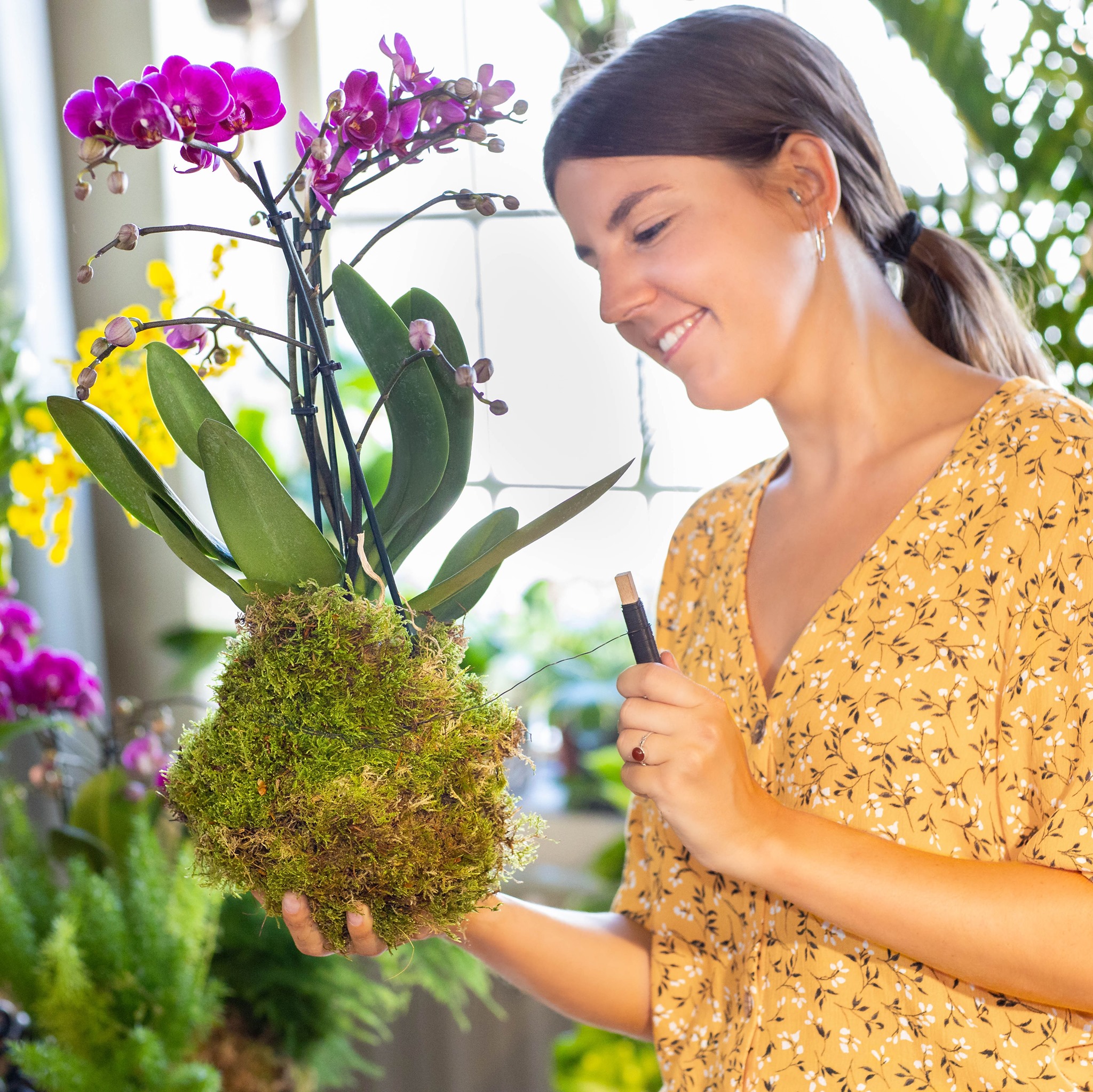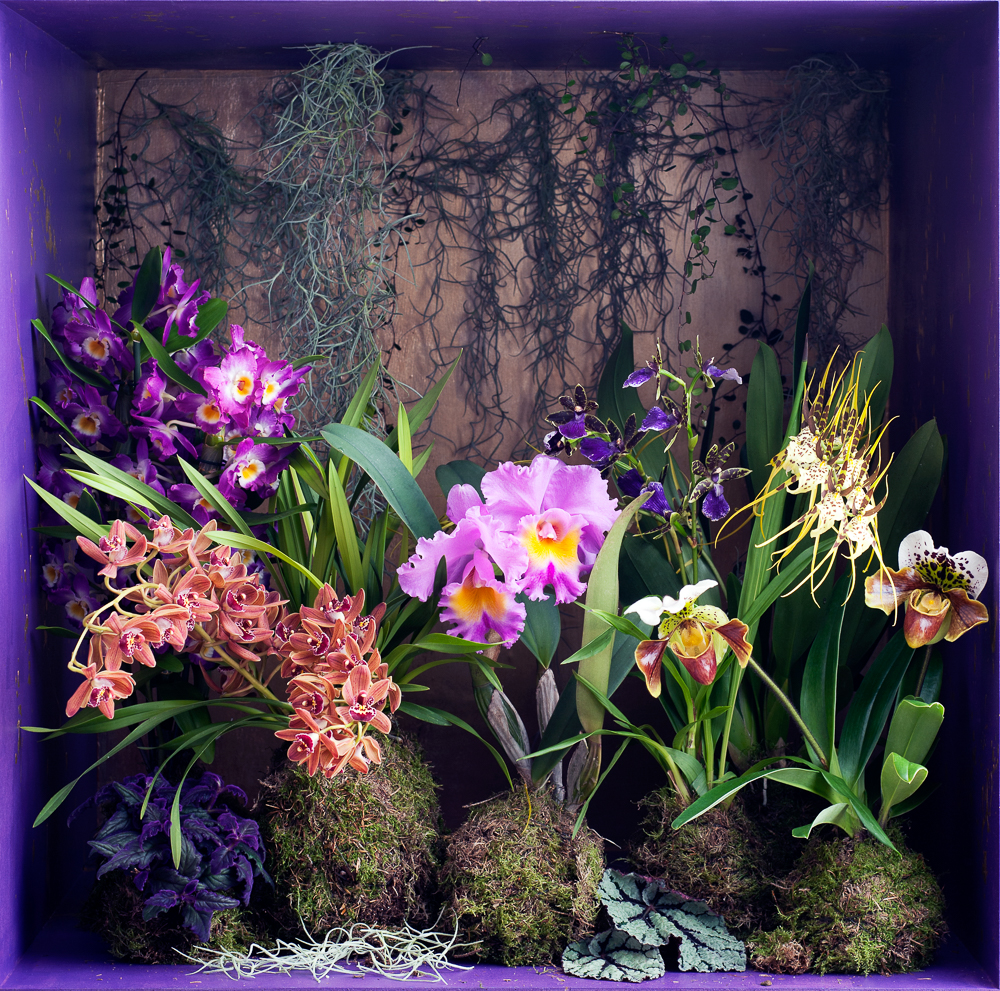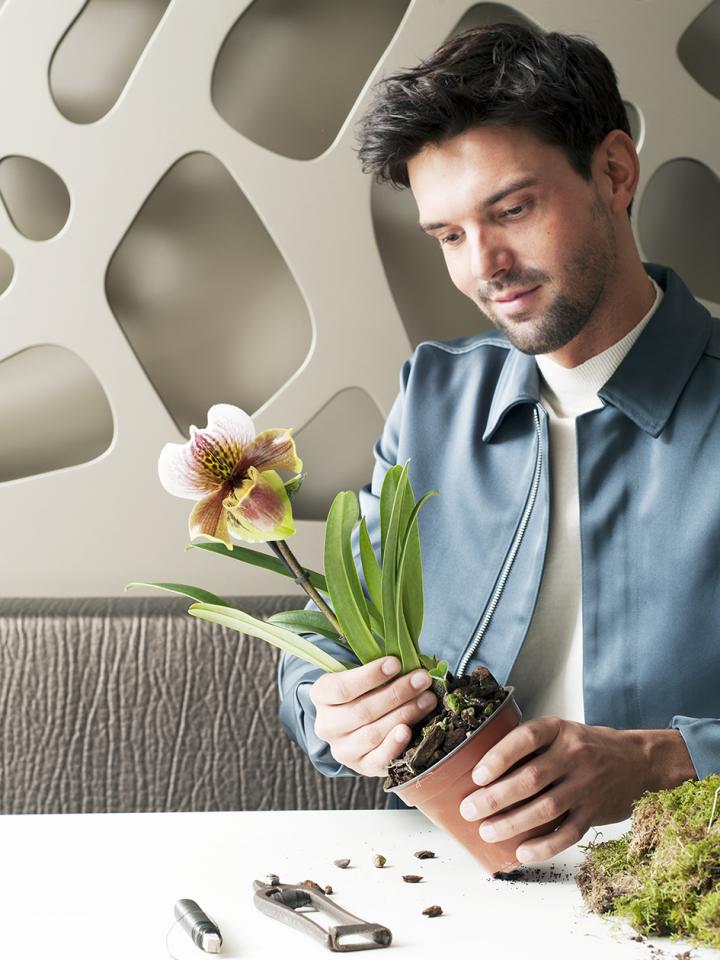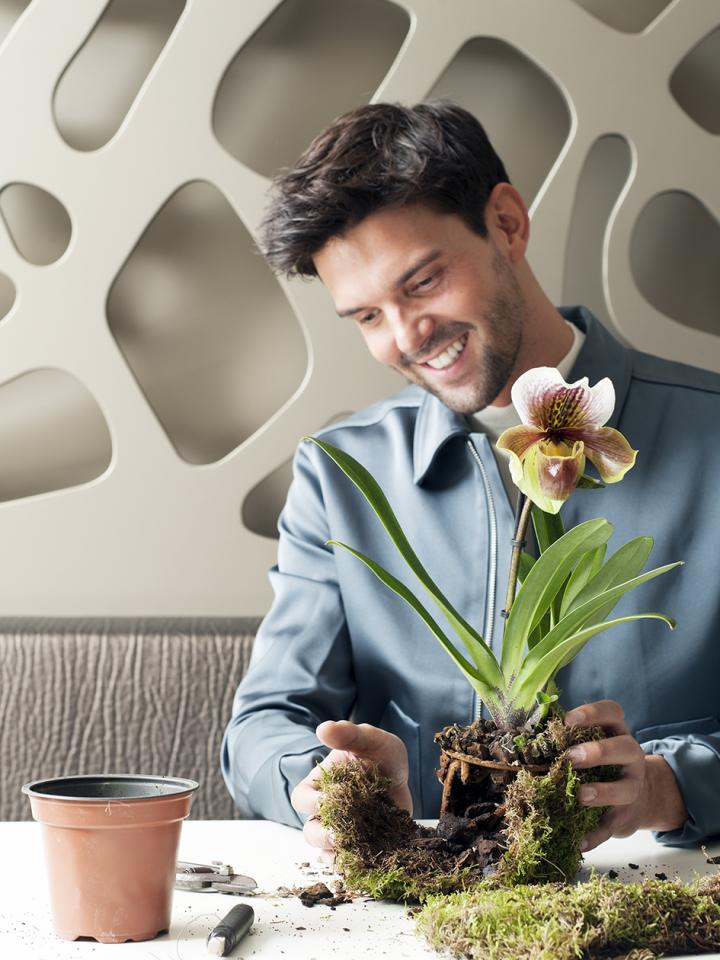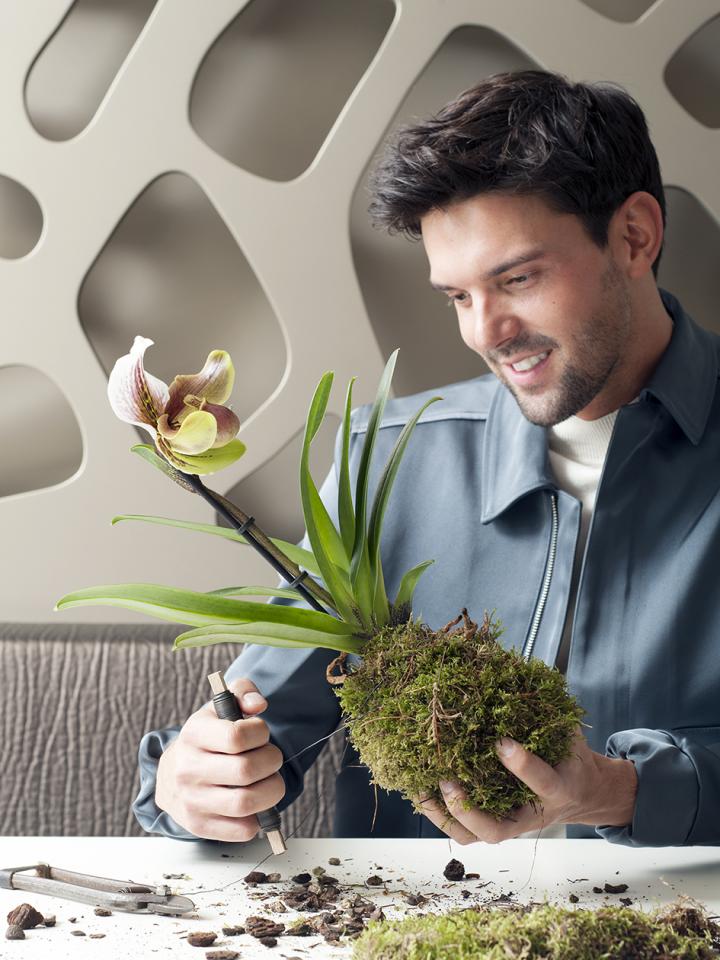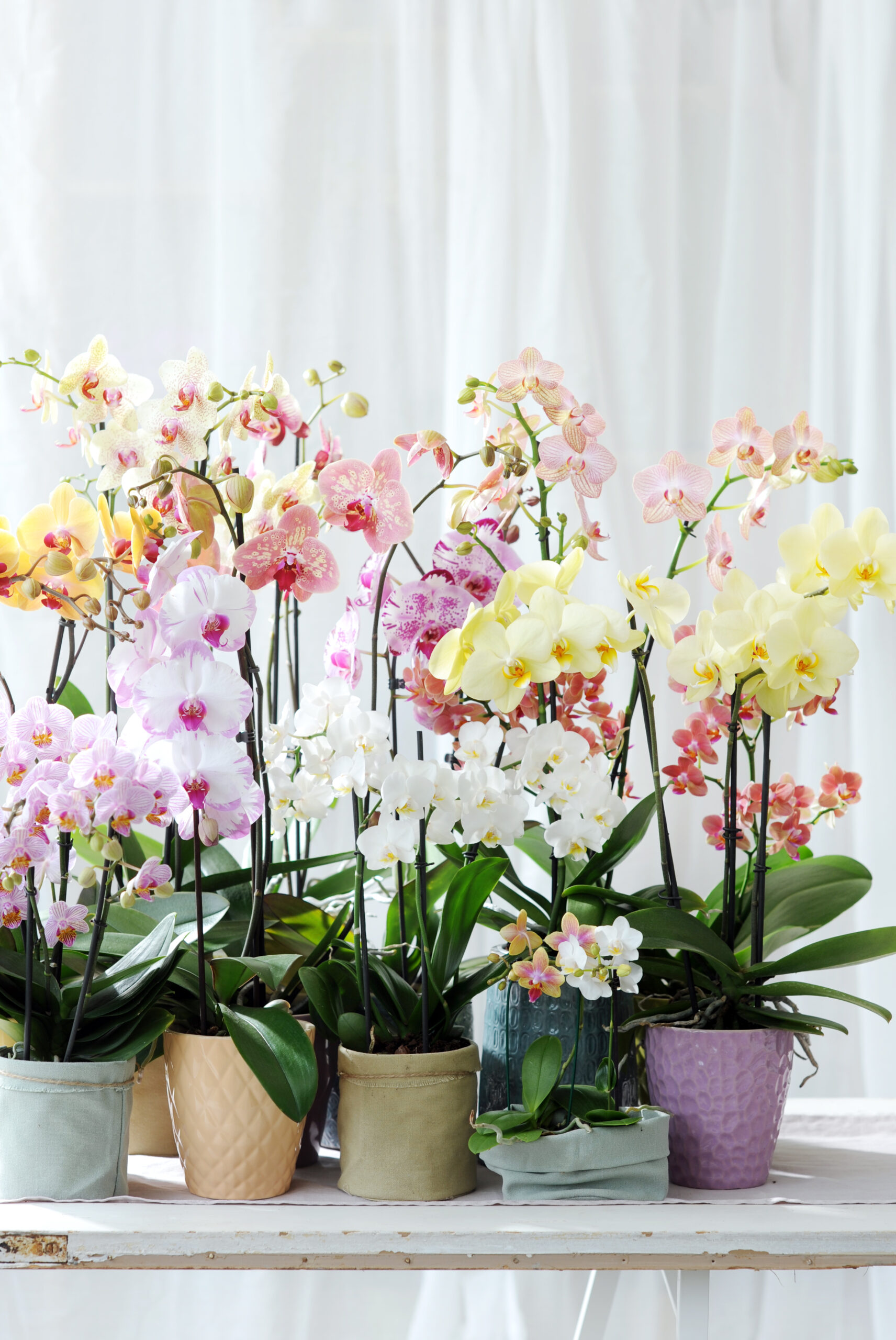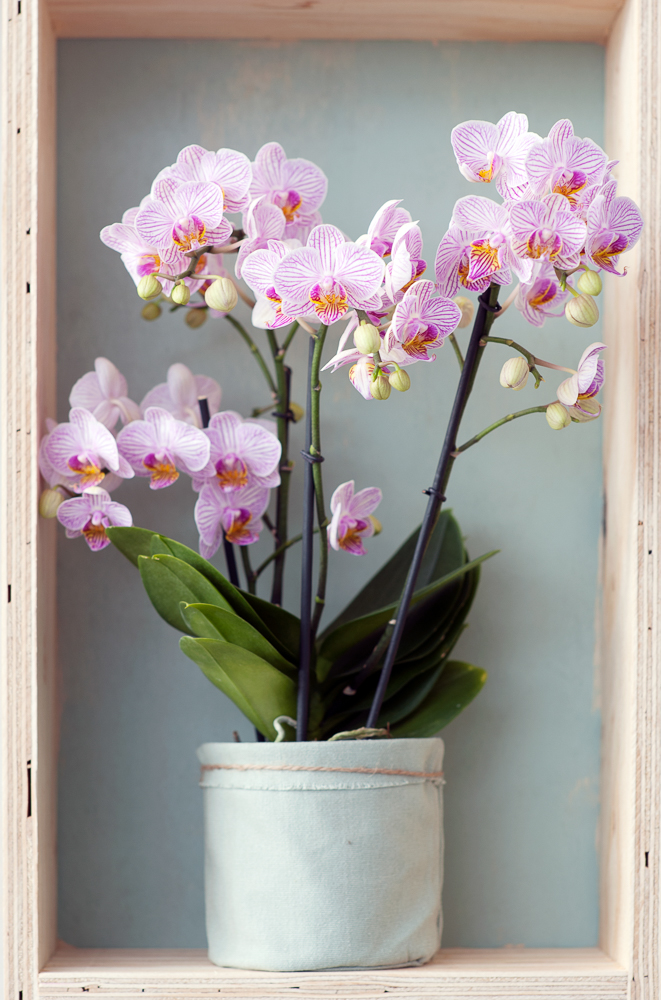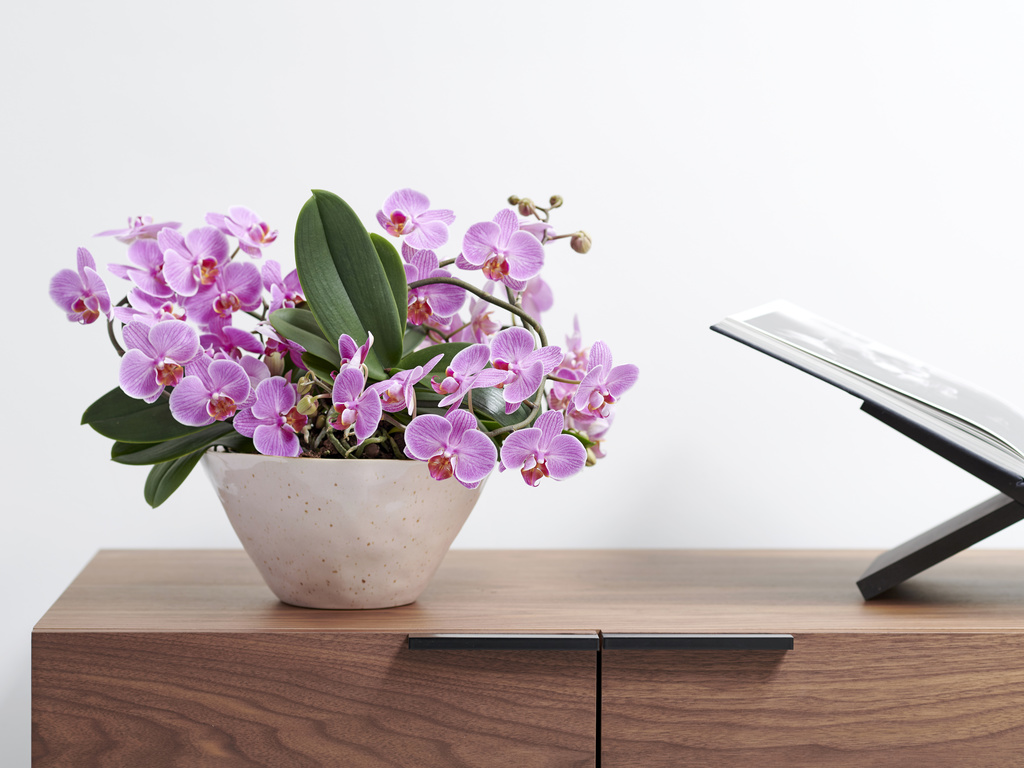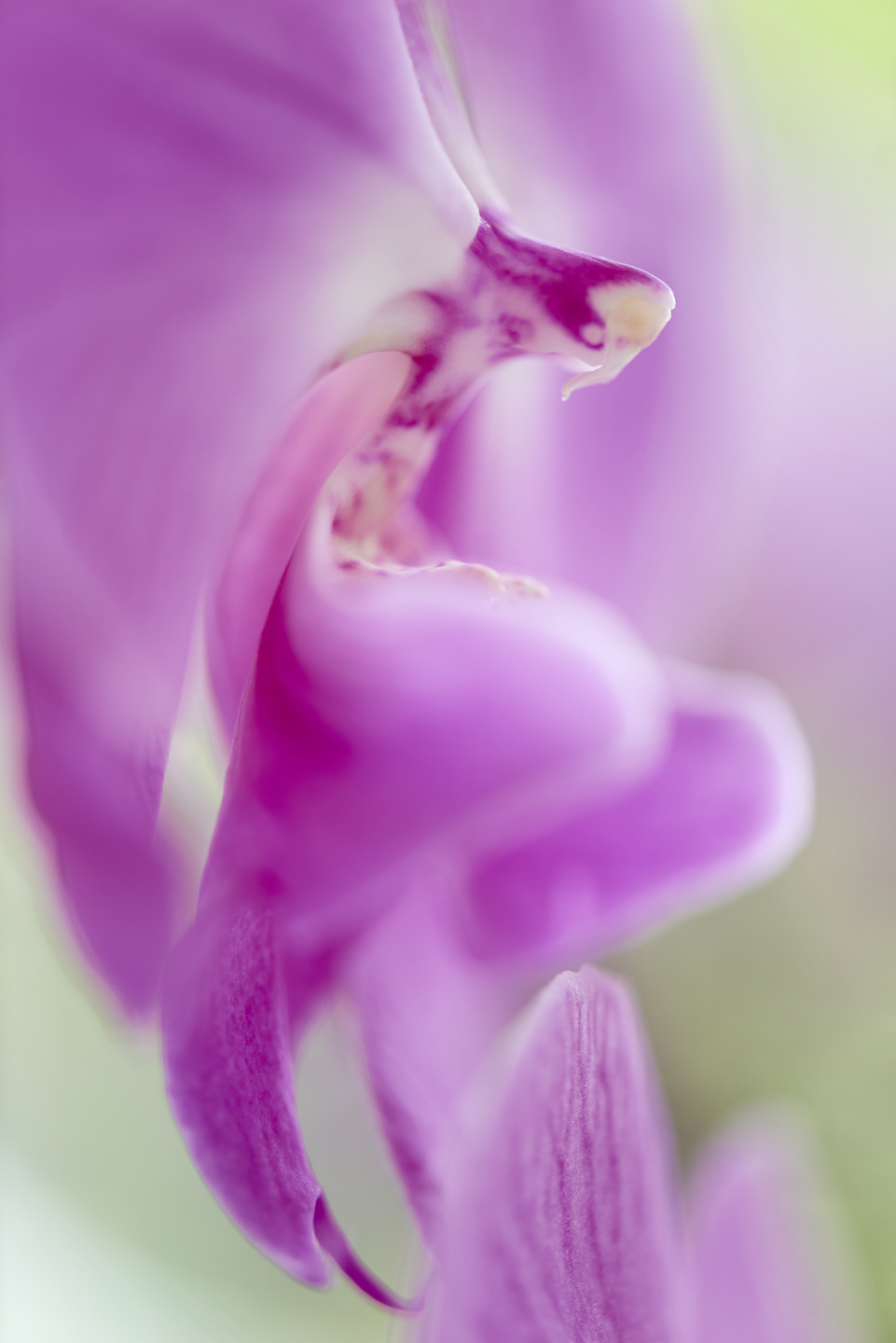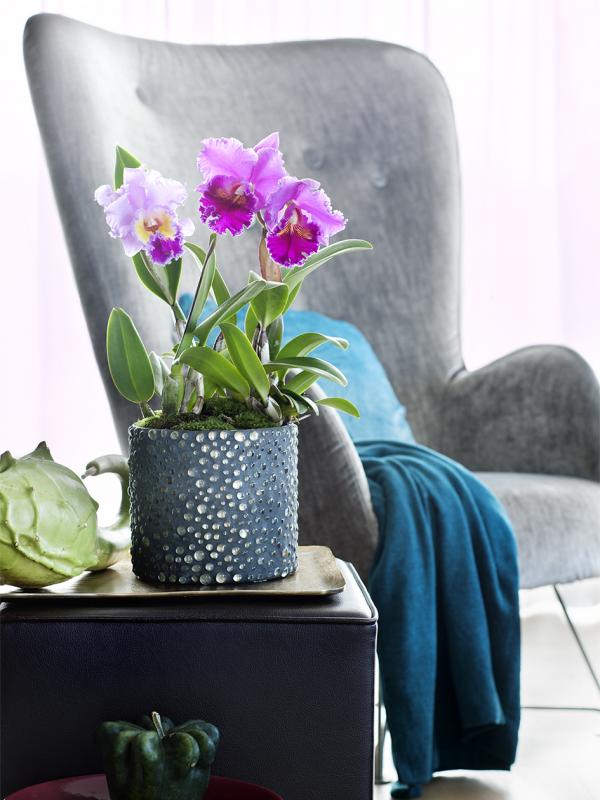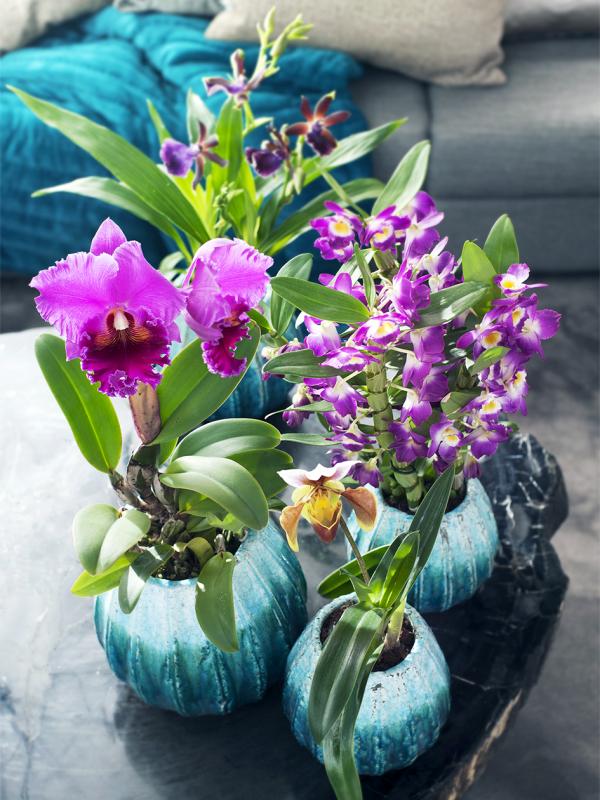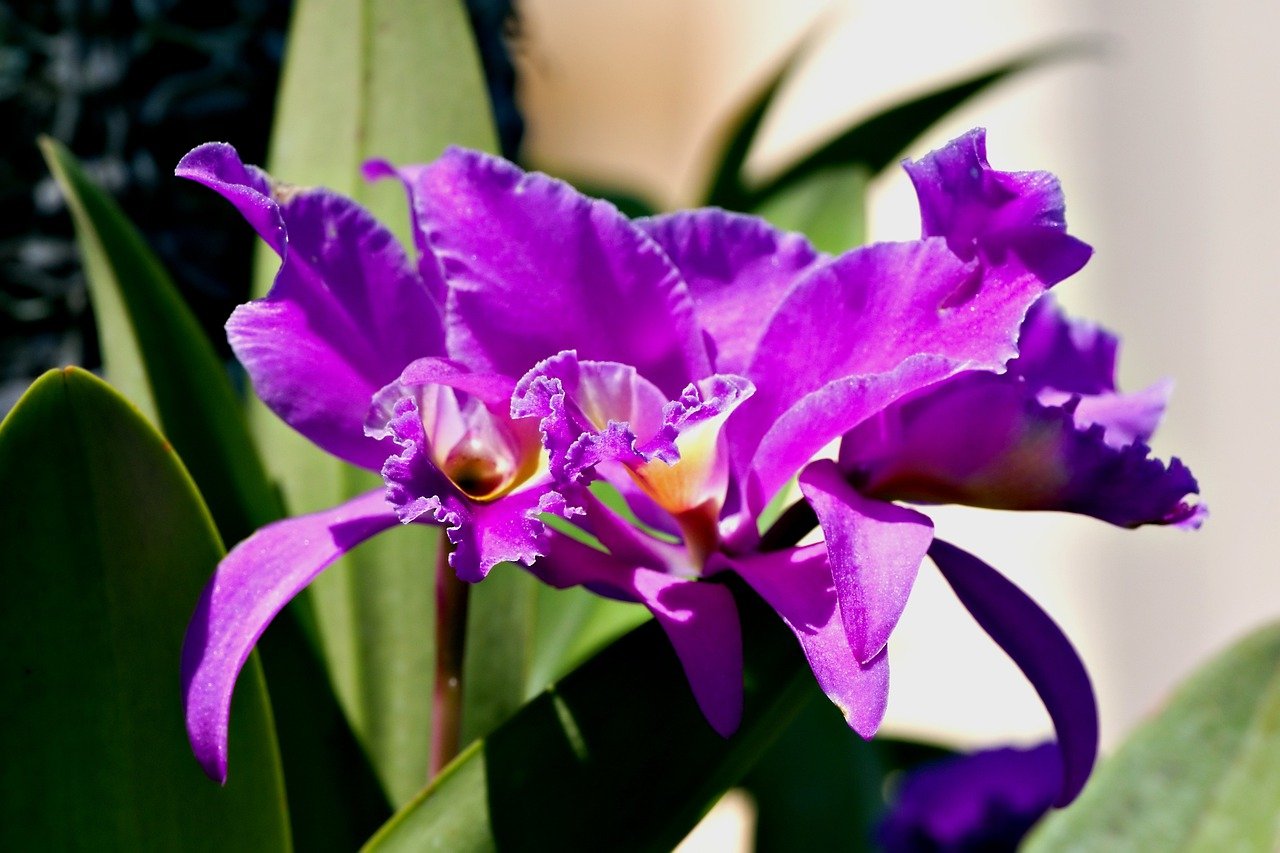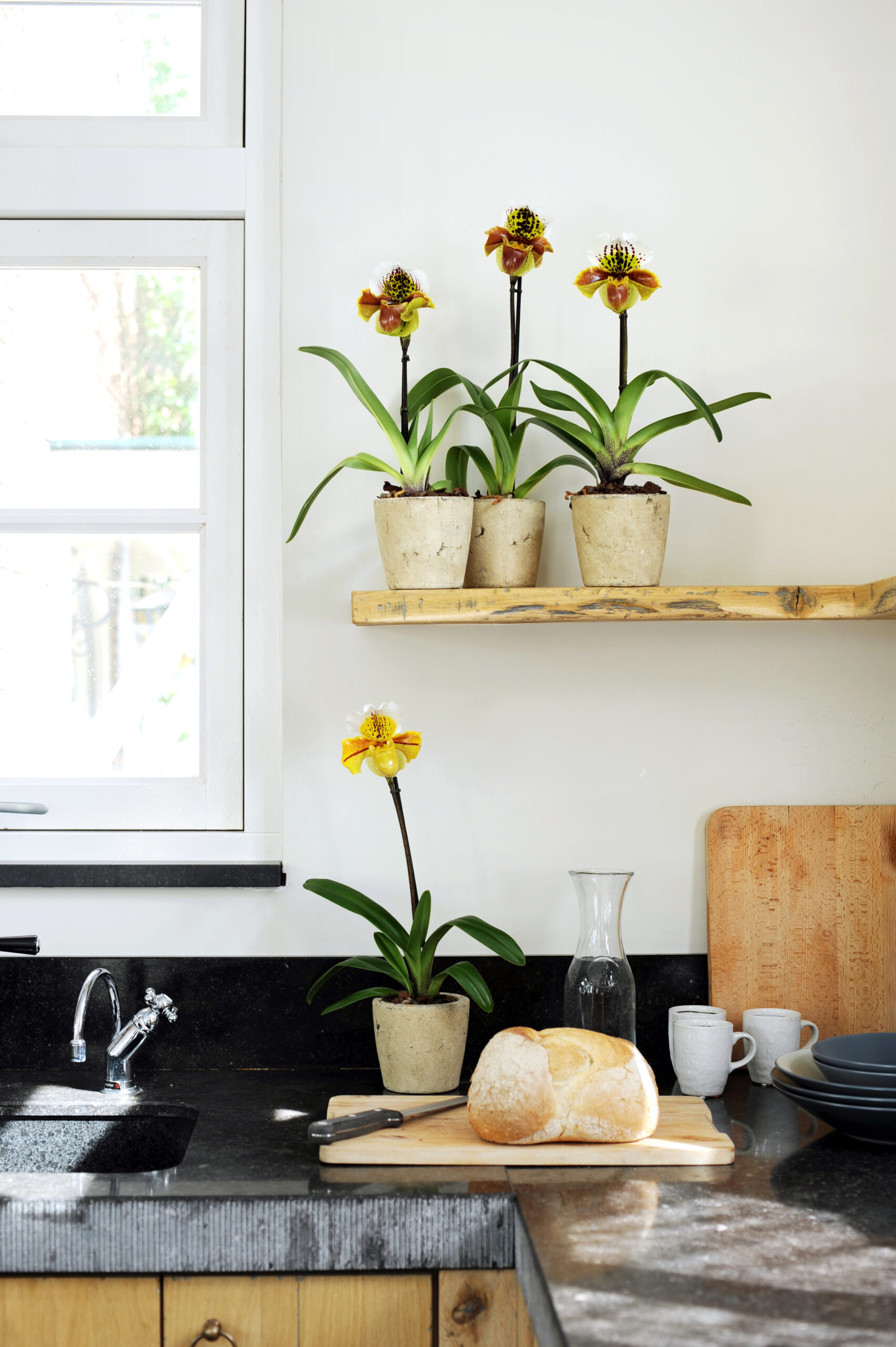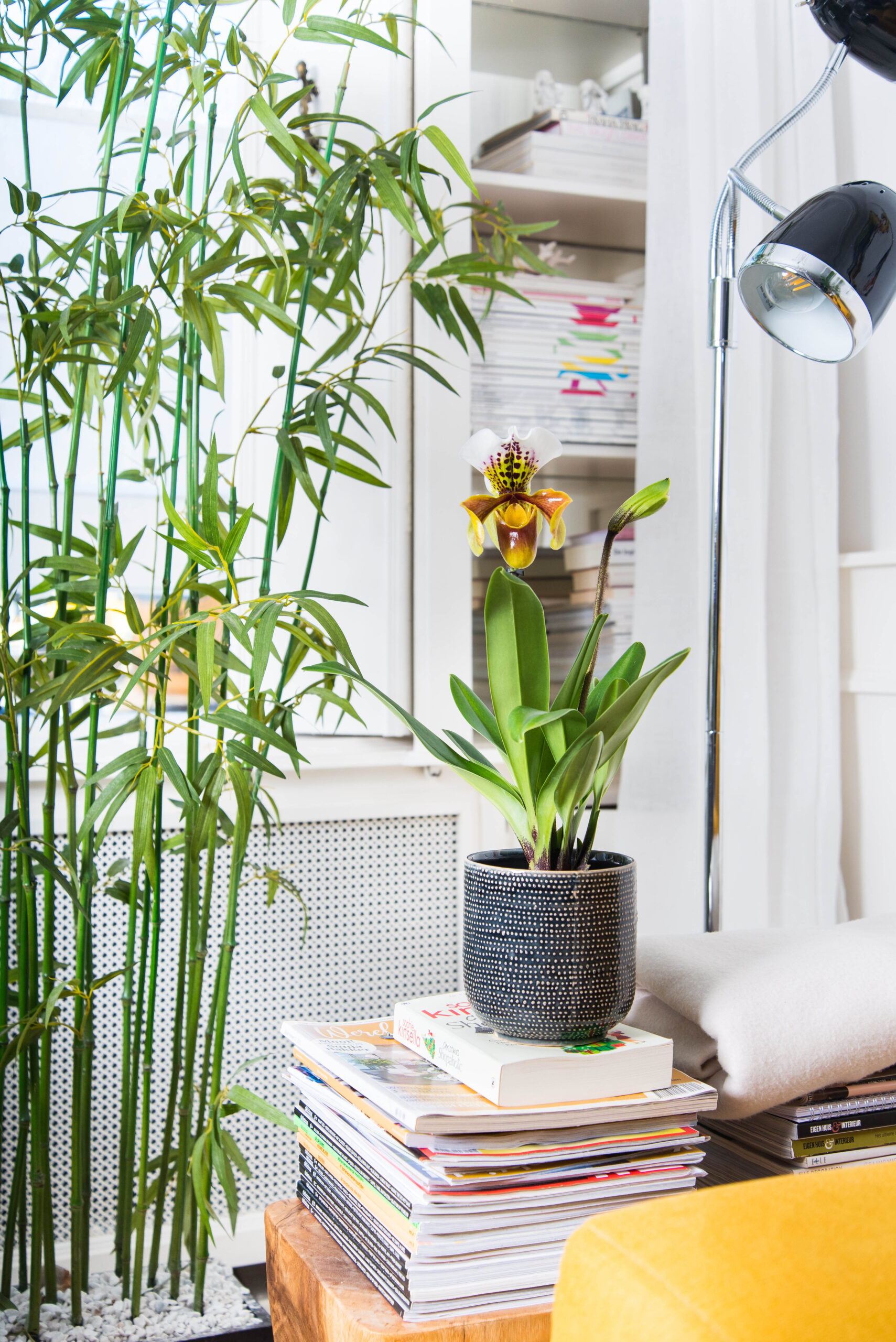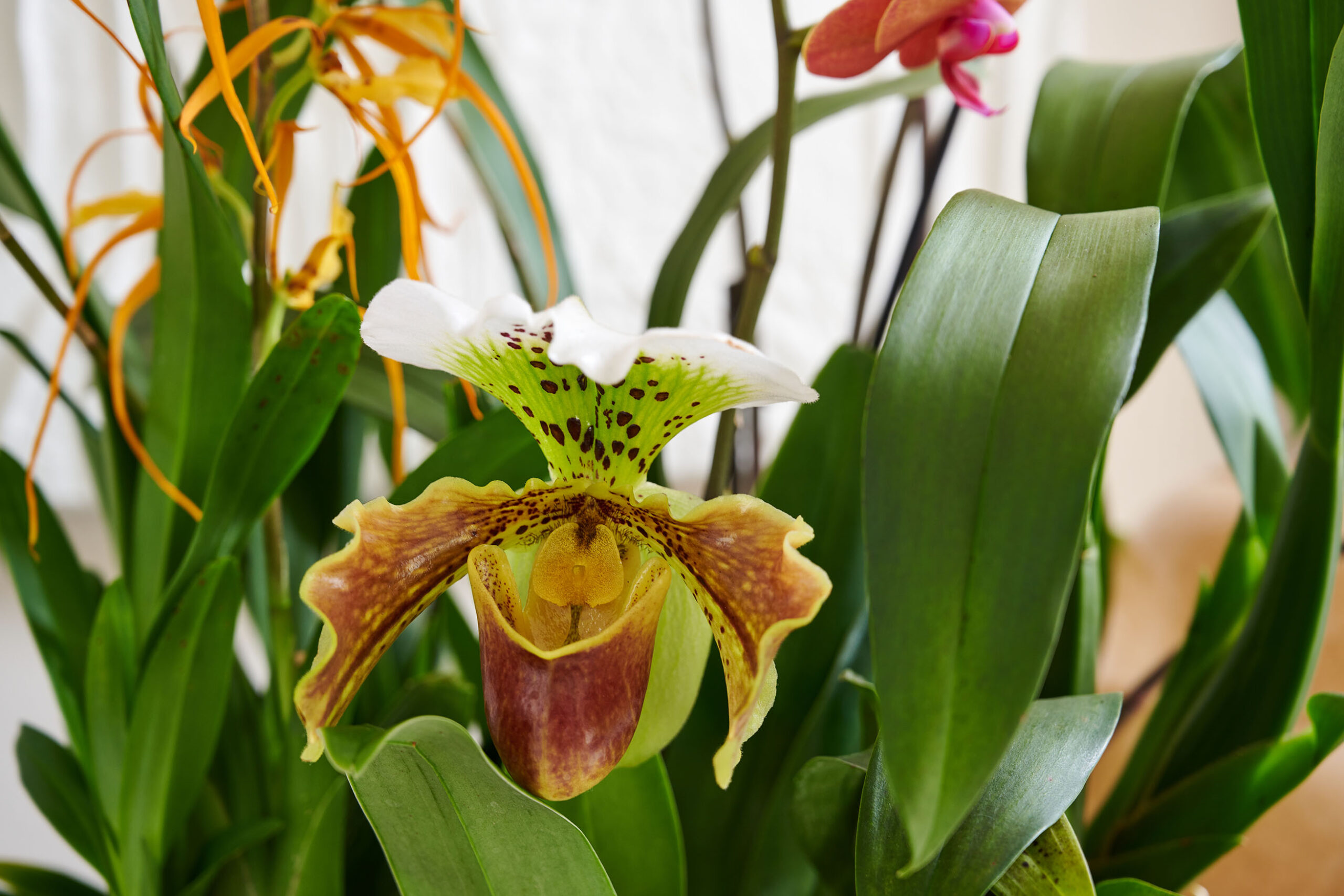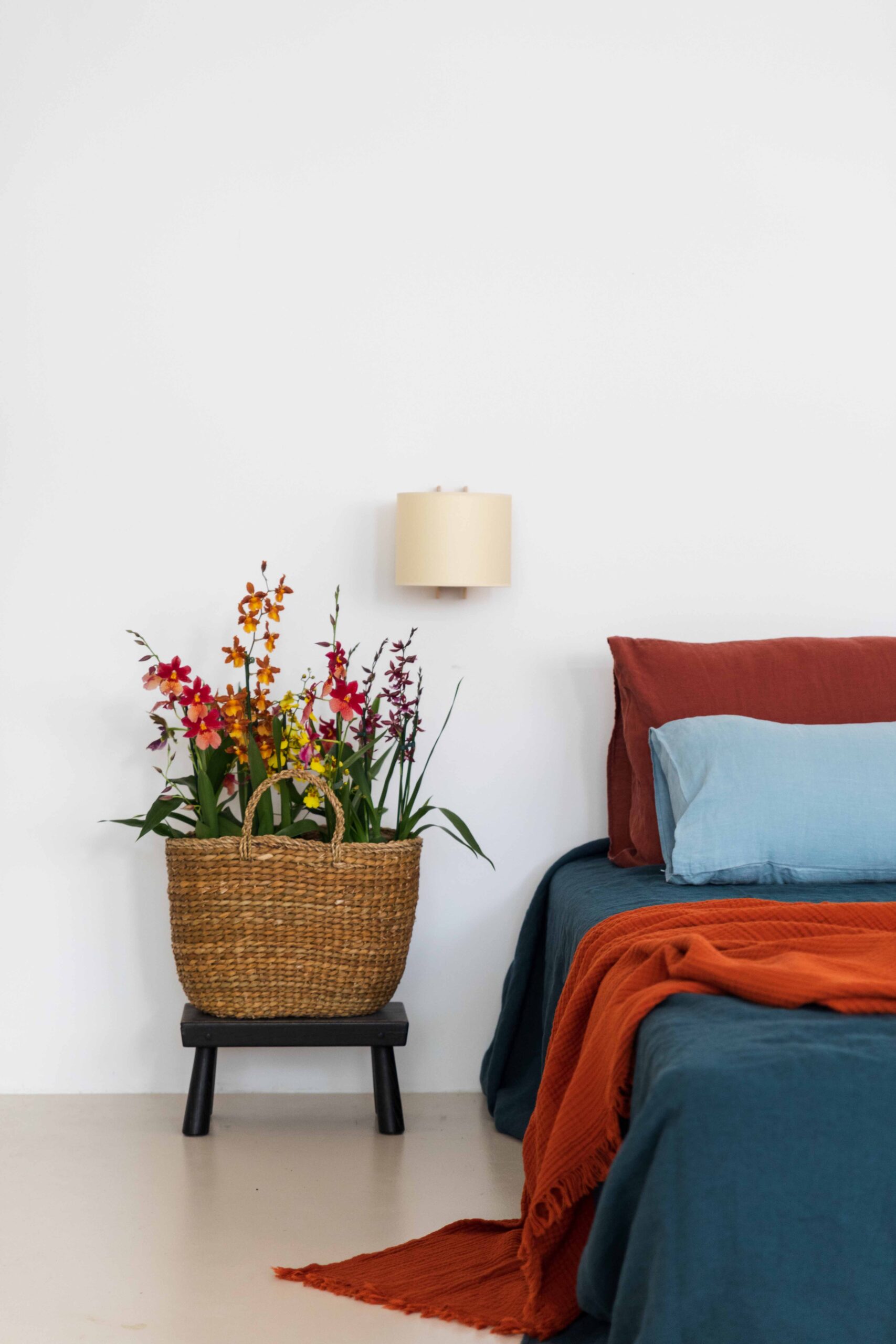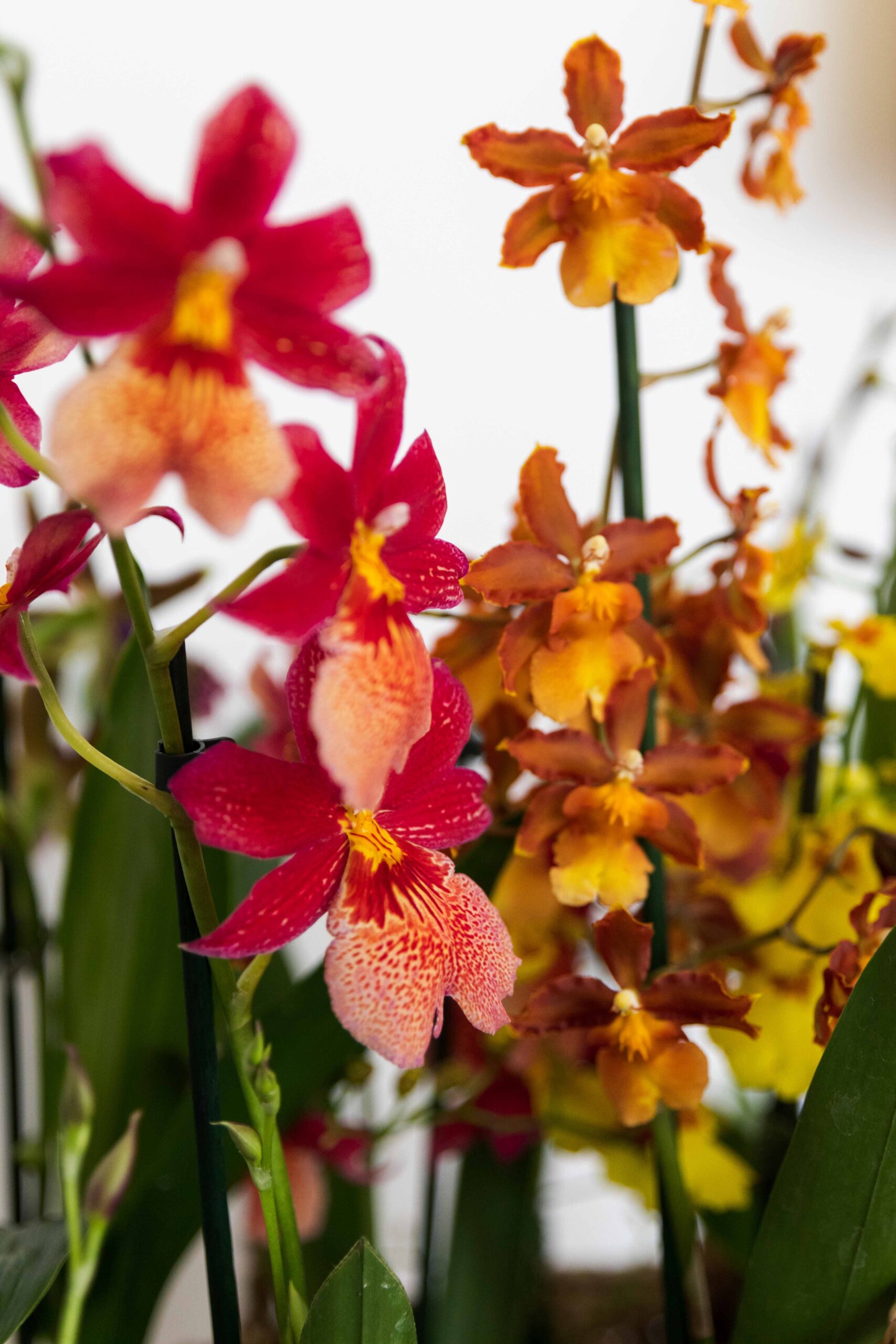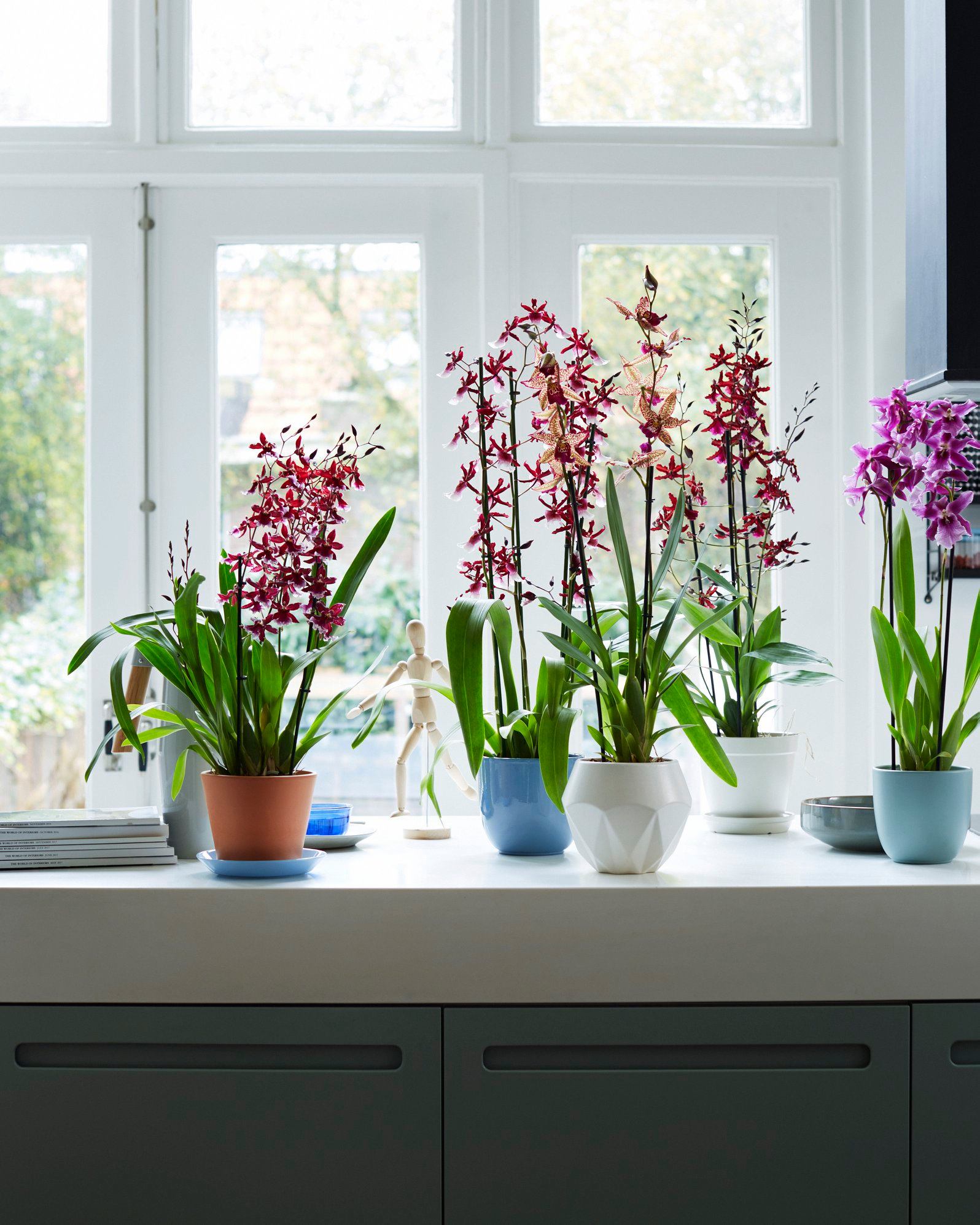This is the secret of blue orchids
The Phalaenopsis orchid comes in a beautiful range of colours, such as white, lilac, light pink, bright pink, salmon pink, orange, red and yellow. There are also variations in these colours, such as striped or spotted orchids. But in nature, blue is not a usual bloom colour. Growers all over the world (but especially in the Netherlands and Taiwan) are trying to create the blue Phalaenopsis in their labs. And that’s not easy. Read on for the secret of blue orchids!
This is the secret of blue orchids
Formerly, white Phalaenopsis were spray painted. The flower branch, with a few flowers in bloom and the rest still in bud, was dyed blue. However, the new blooms emerging from the plant were white, with no hint of blue in sight! That wasn’t the expected outcome, so after a while the blue orchid project continued.
How are blue orchids made?
The solution was found in the current method. First, a small hole is made in the stem of the plant. Next, colored dye is injected into the hole. After that, the plant’s natural process of transporting water to the stem and blooms takes place, and at that point, the dye is carried and distributed throughout as well. This ensures the blooming flowers will be blue, as well as the buds. This system is patented and may not be imitated without the permission of the patent holder.
Why did my blue orchid turn white?
This treatment doesn’t damage the shelf life and flowering period of the plant, so just like any other Phalaenopsis it will bloom again. But the blue flowers on the orchid will only last until they fall off. Any flowers that emerge after that, will be in the original colour – probably white.
The plants used for this are grown using only biological crop protection. The nursery meets other sustainability requirements and government certificates. Also, the dye is also mostly organic. For example, a carrot extract is used for the orange colouring.
